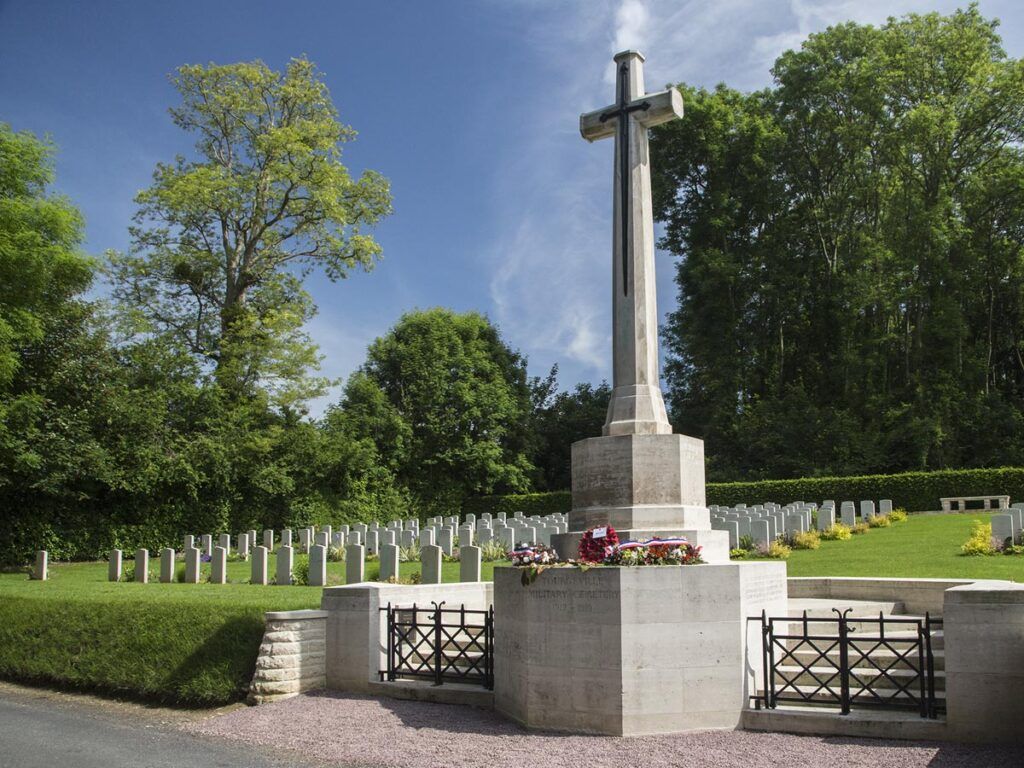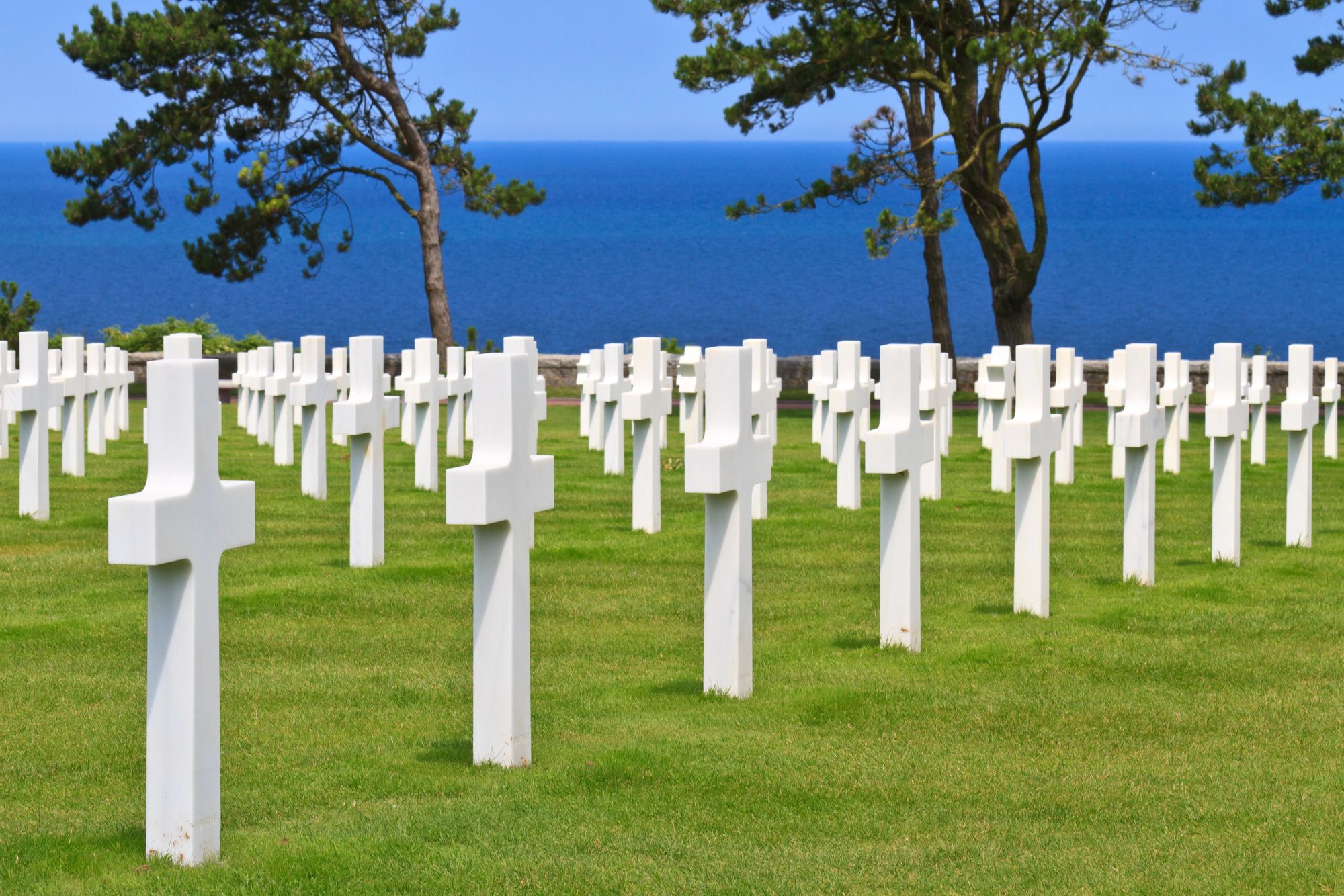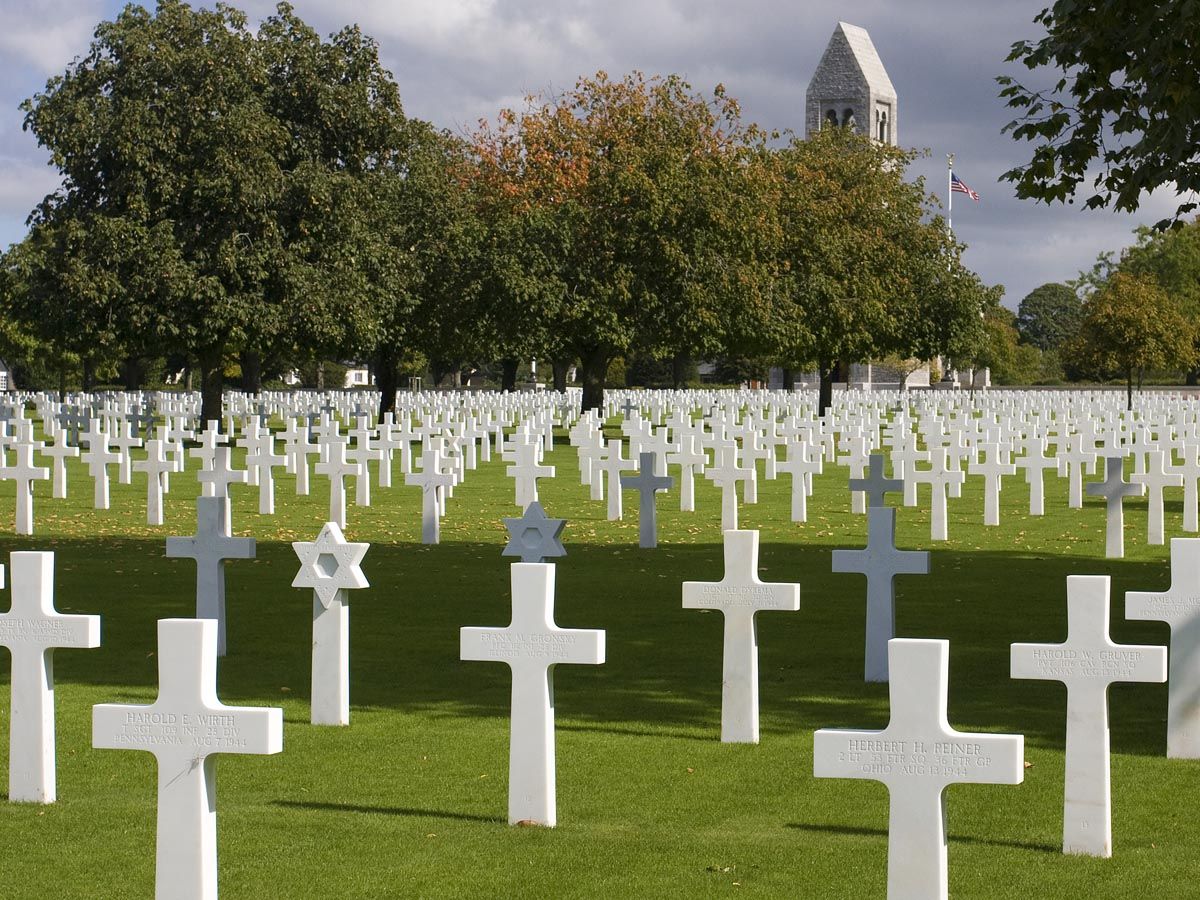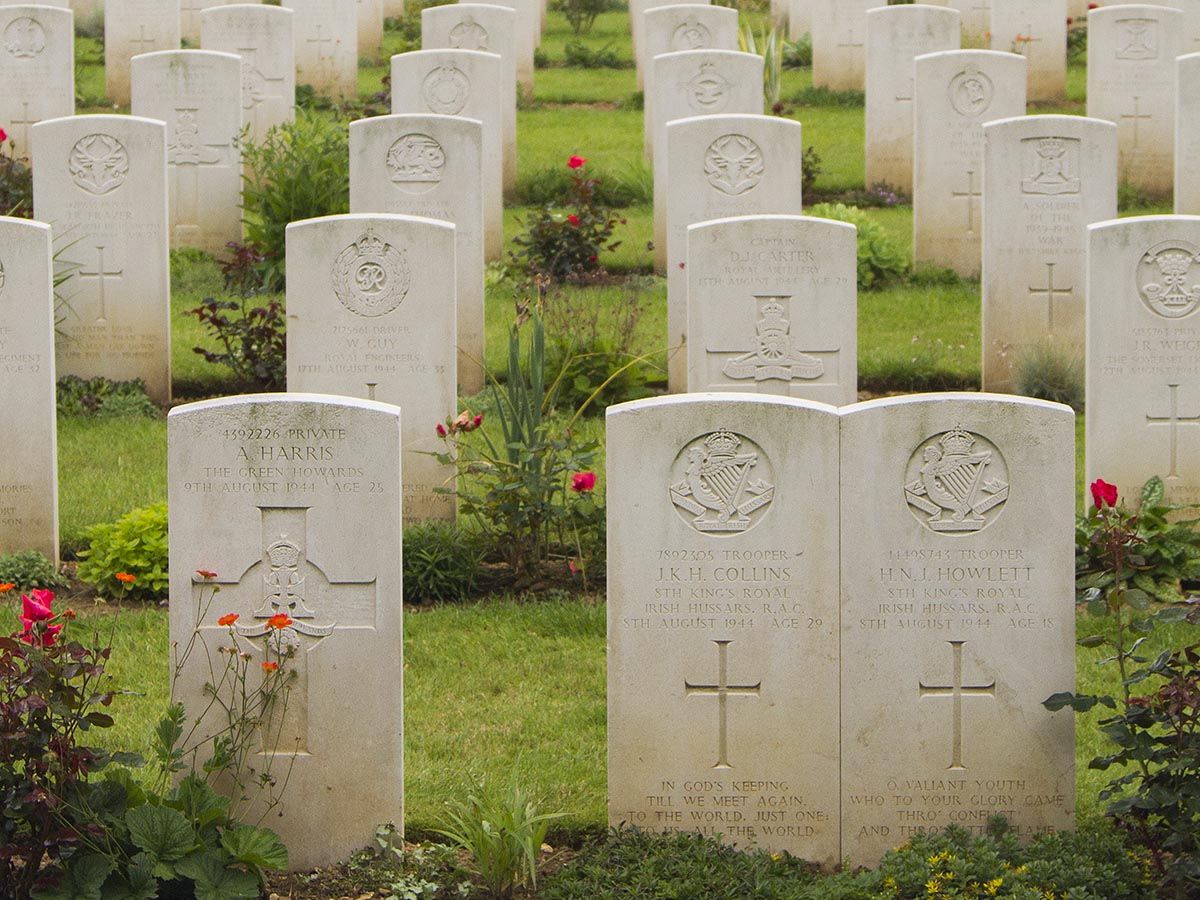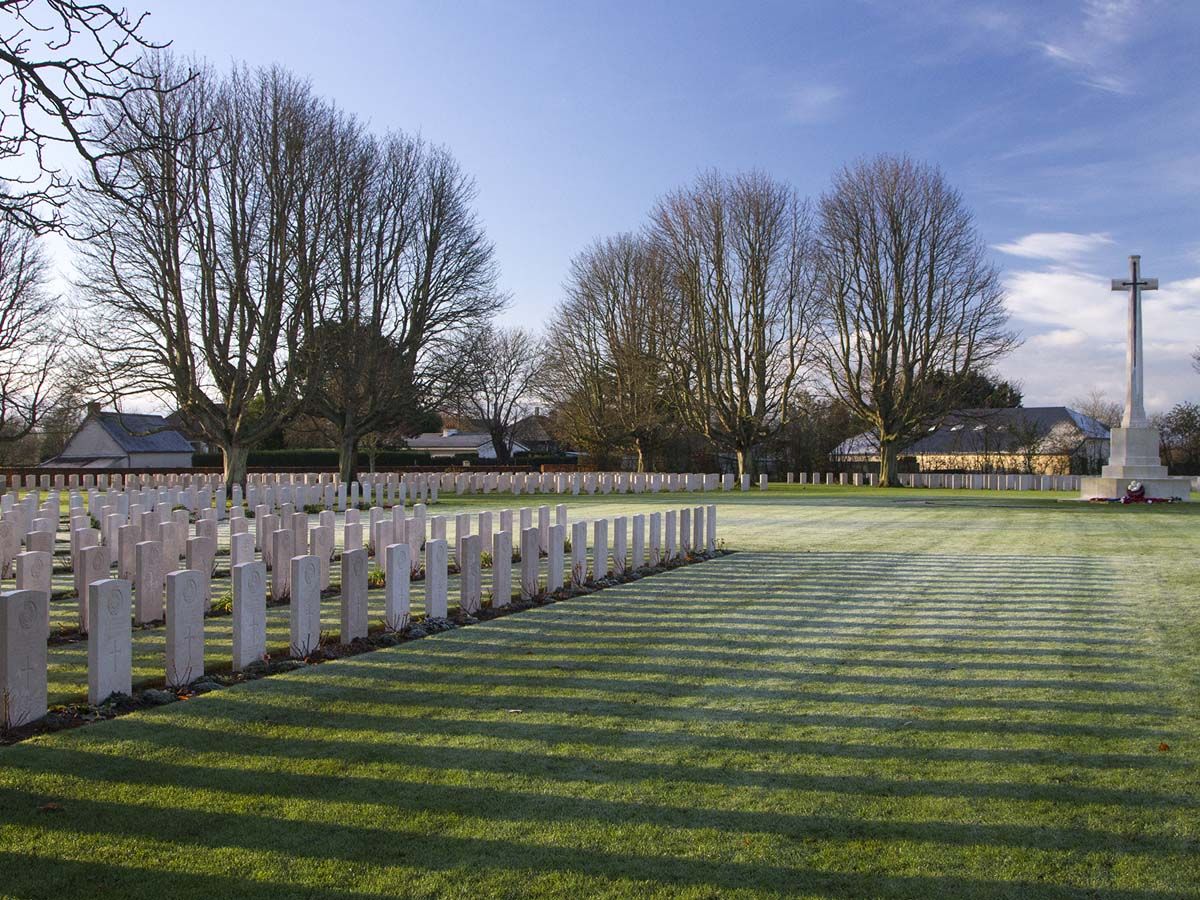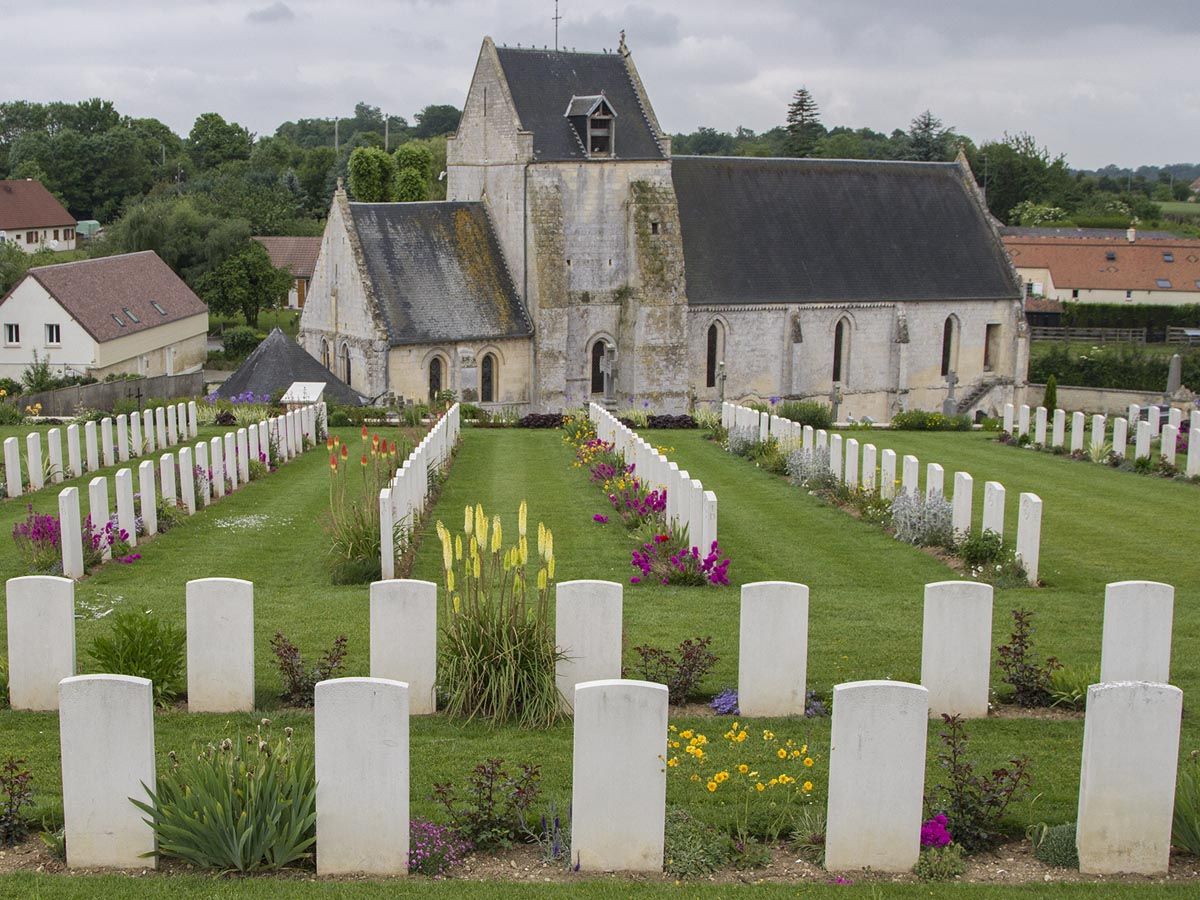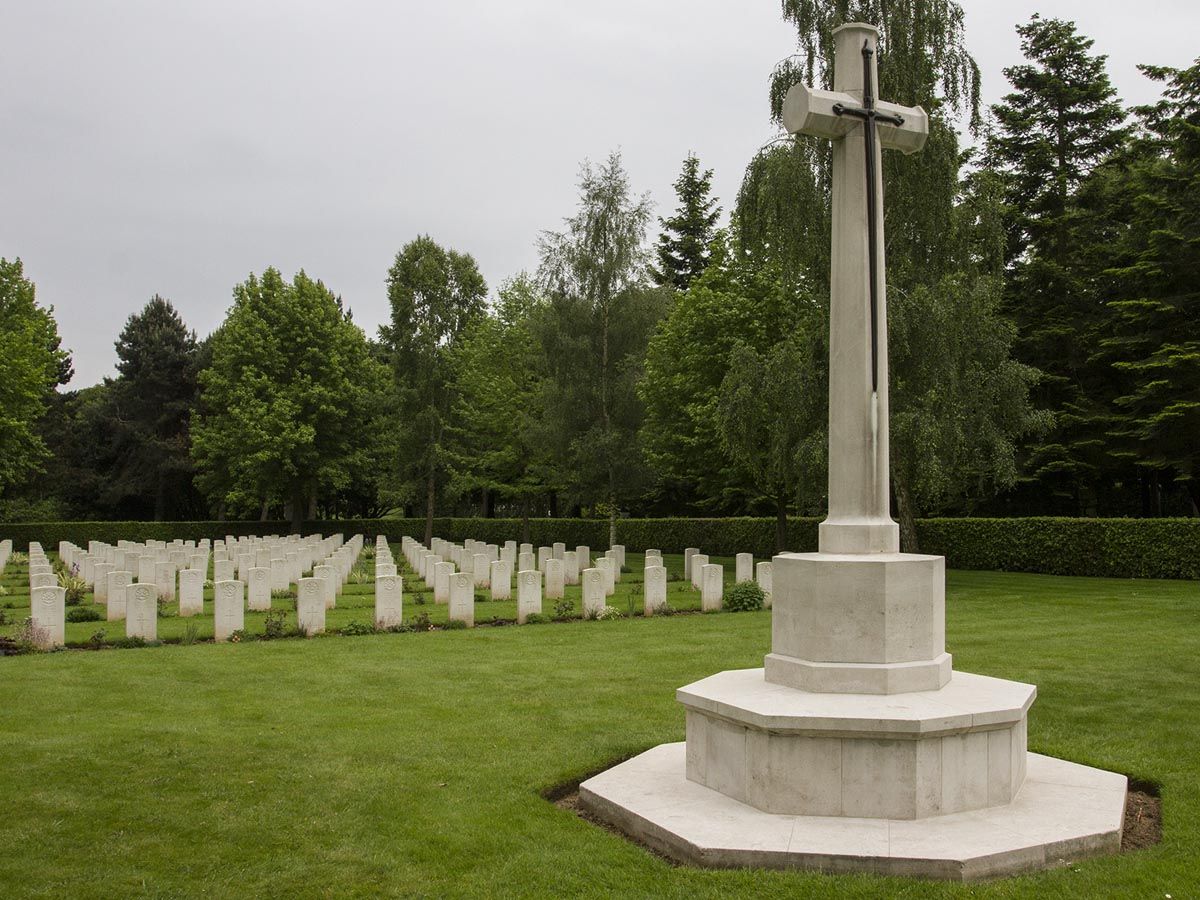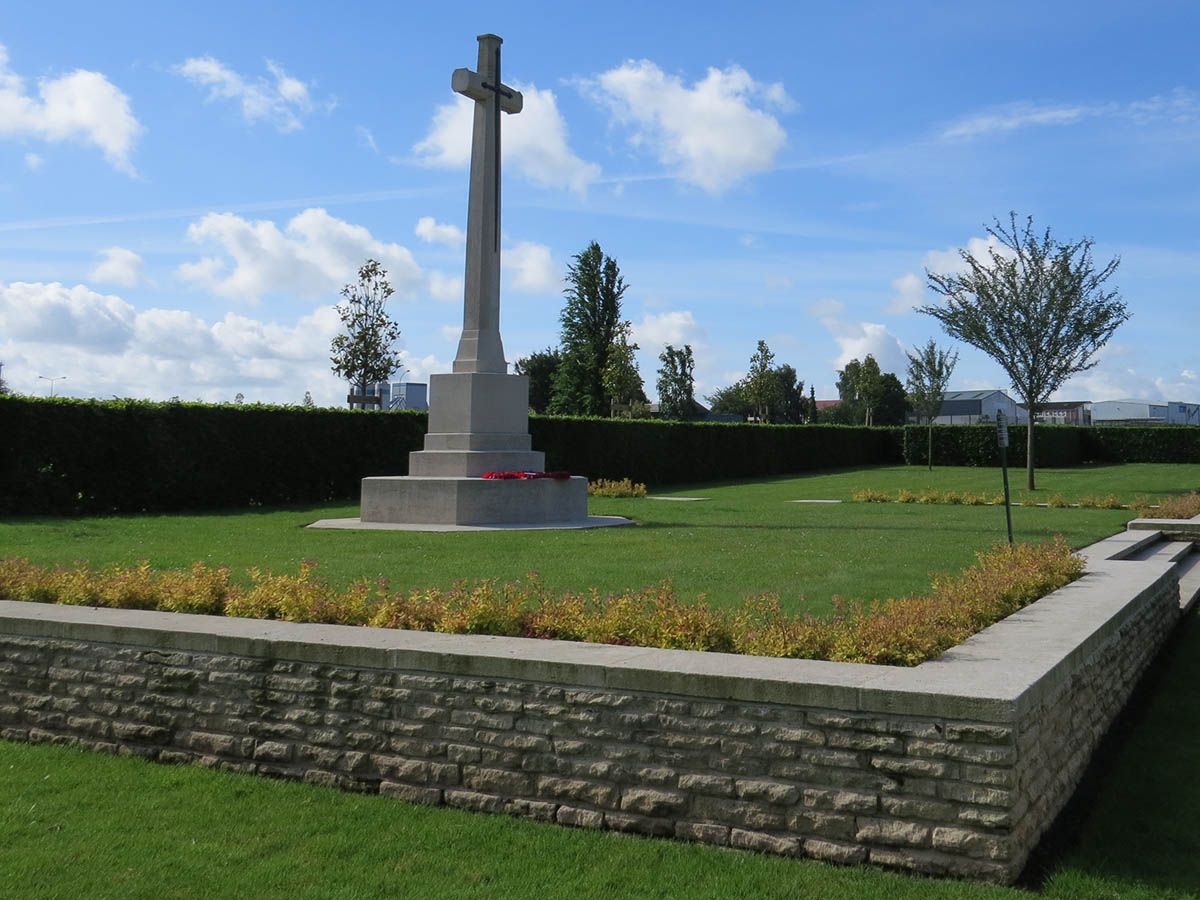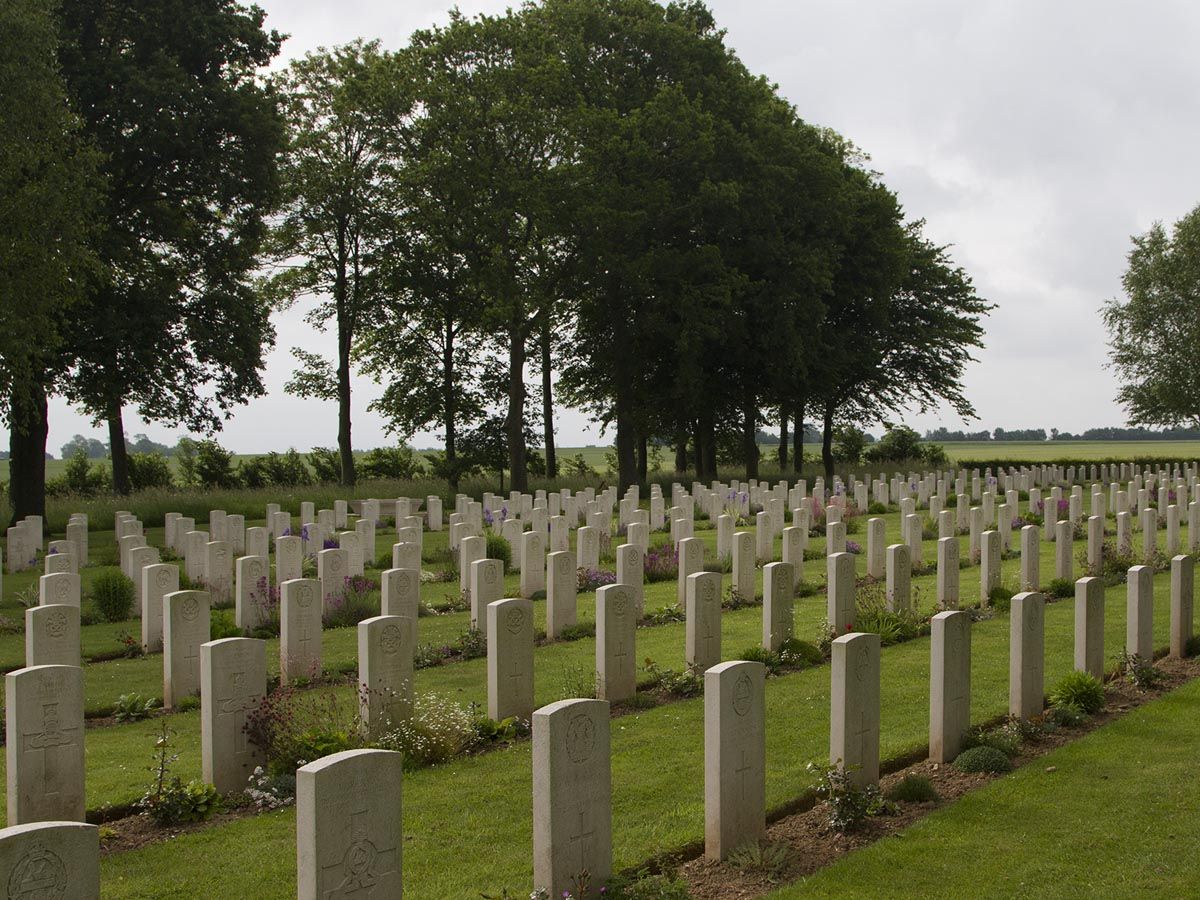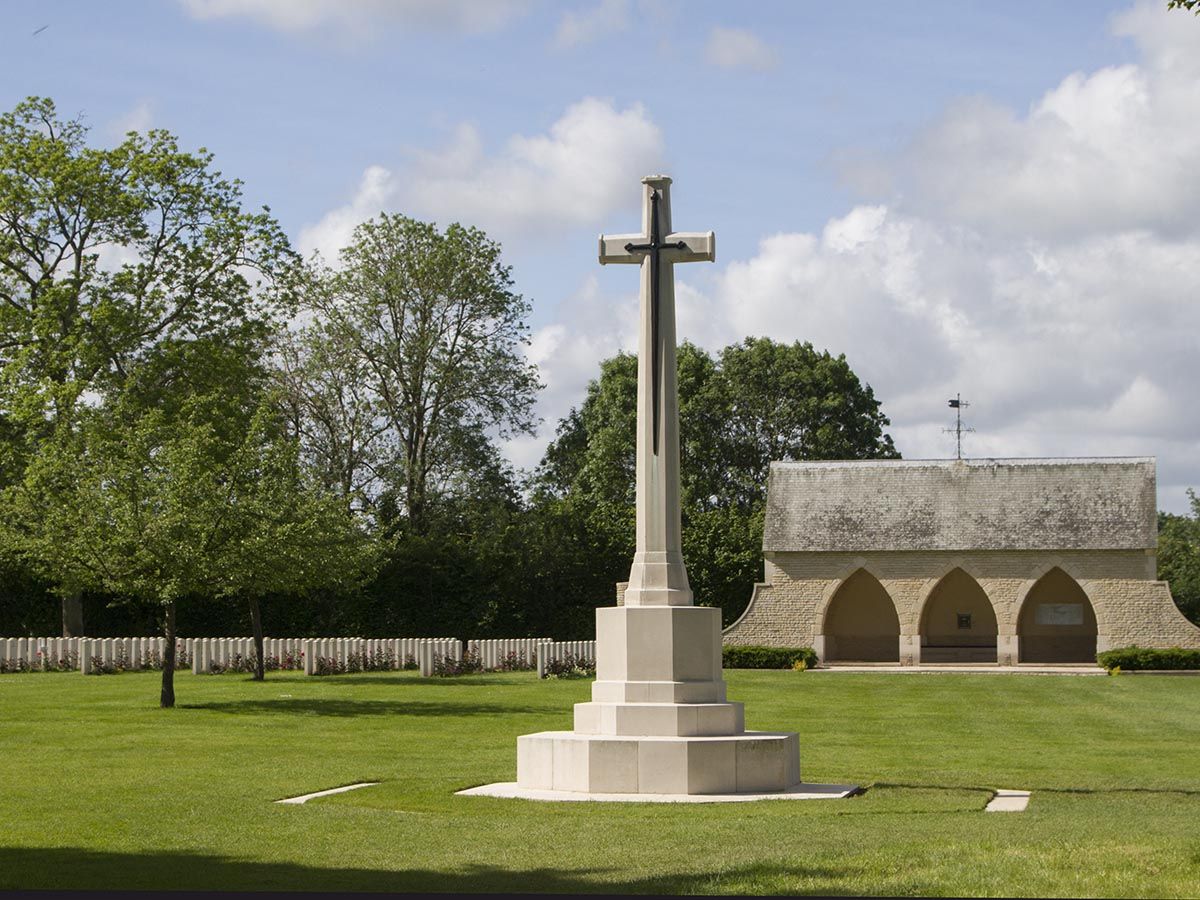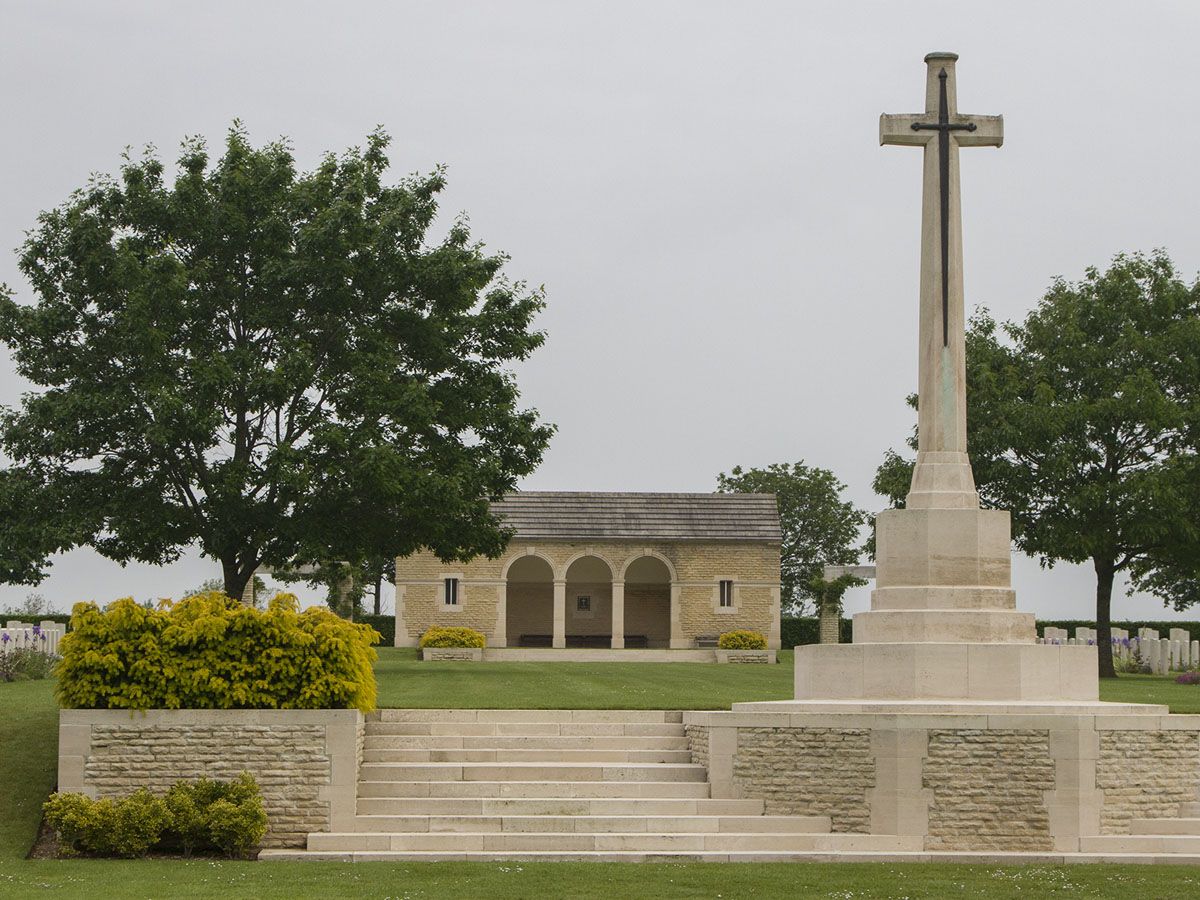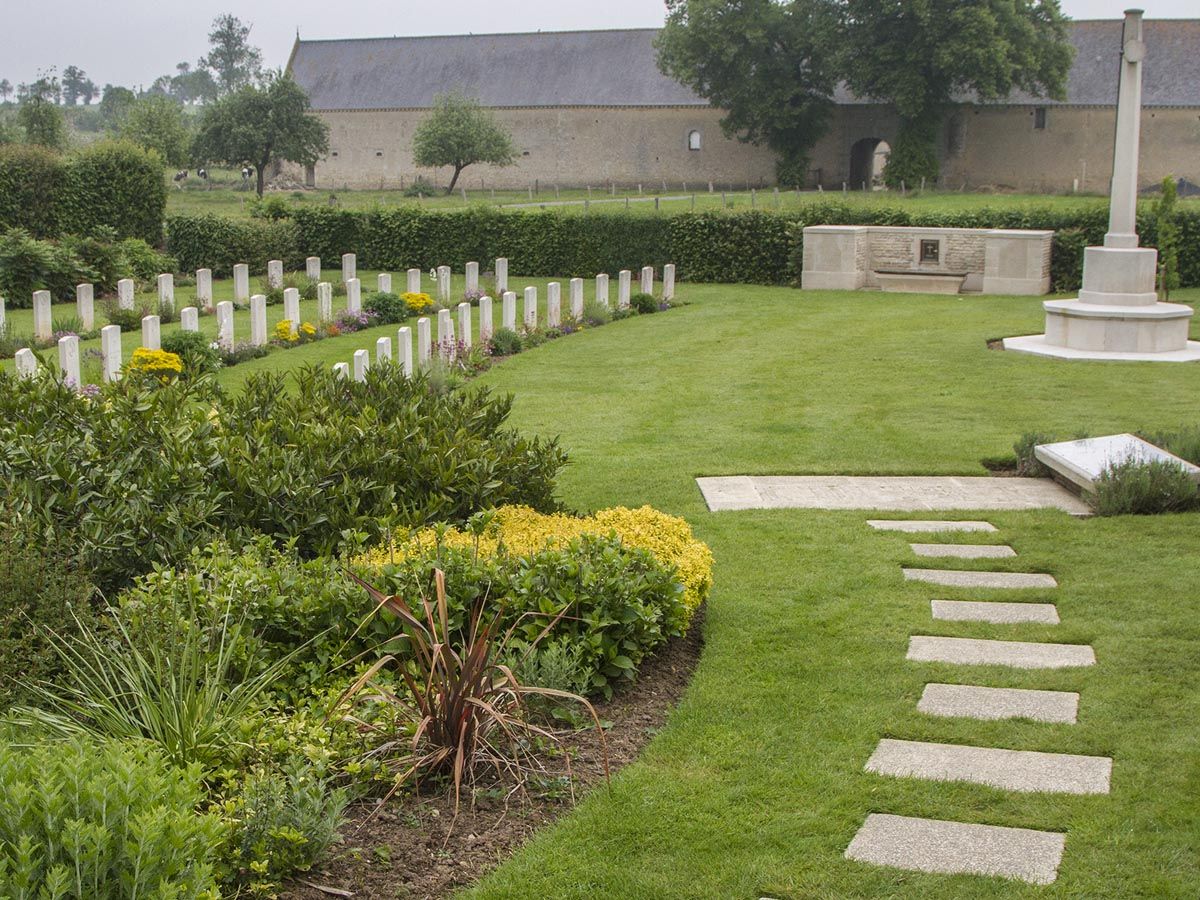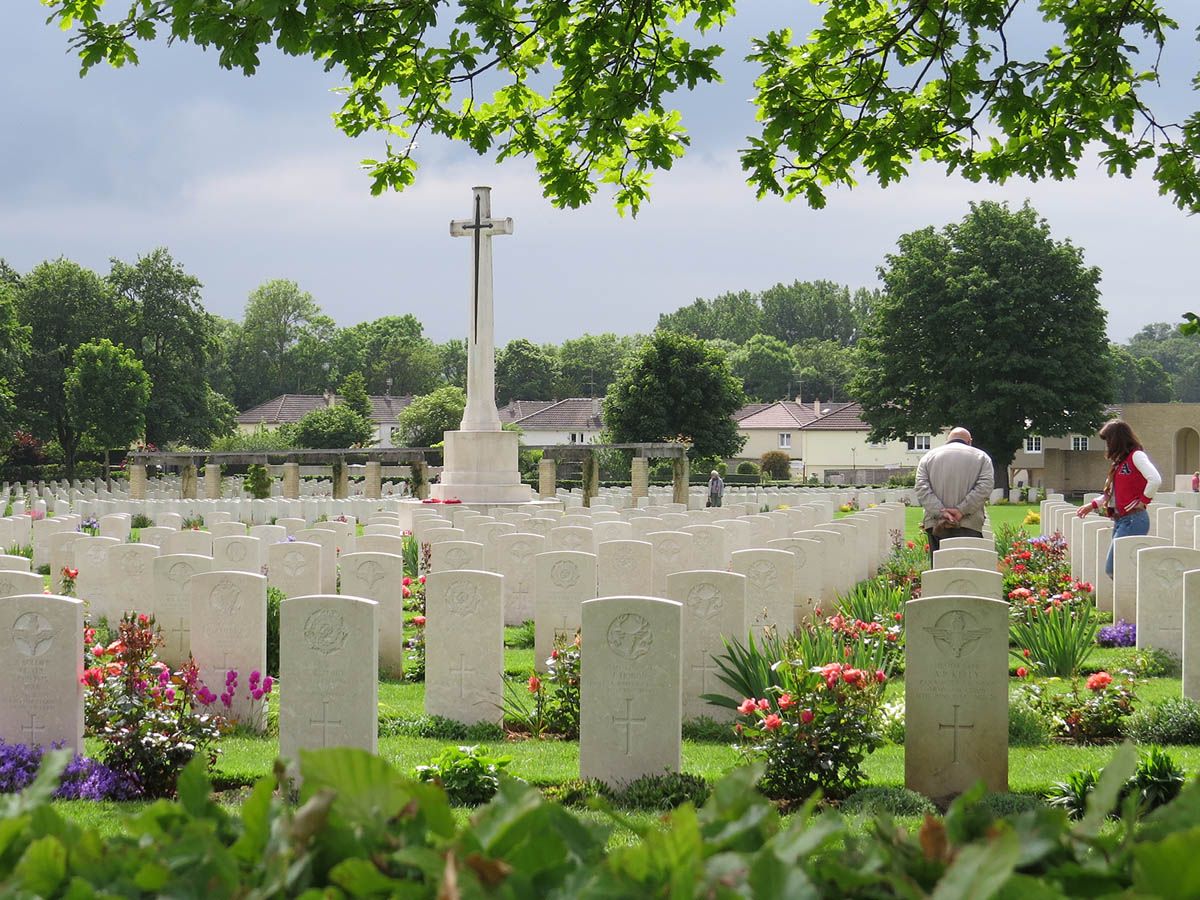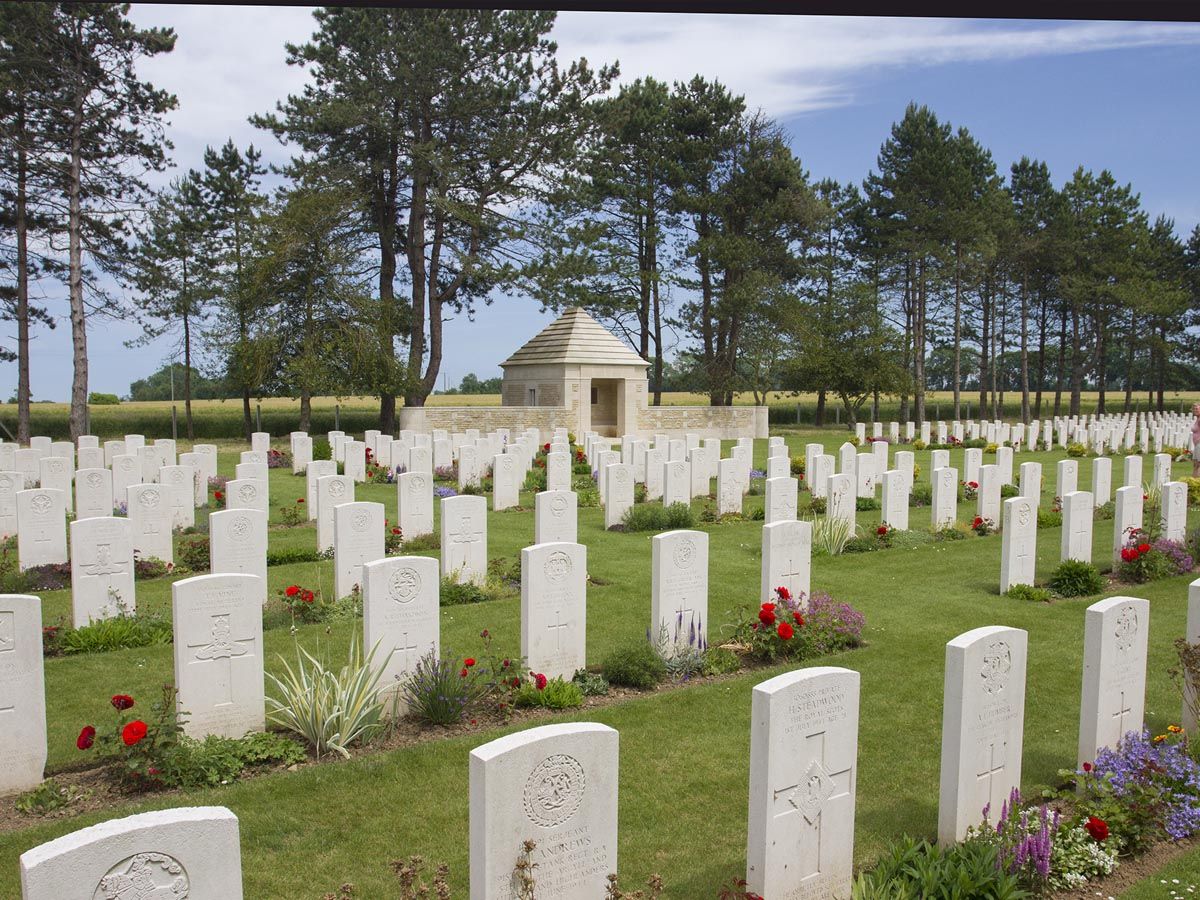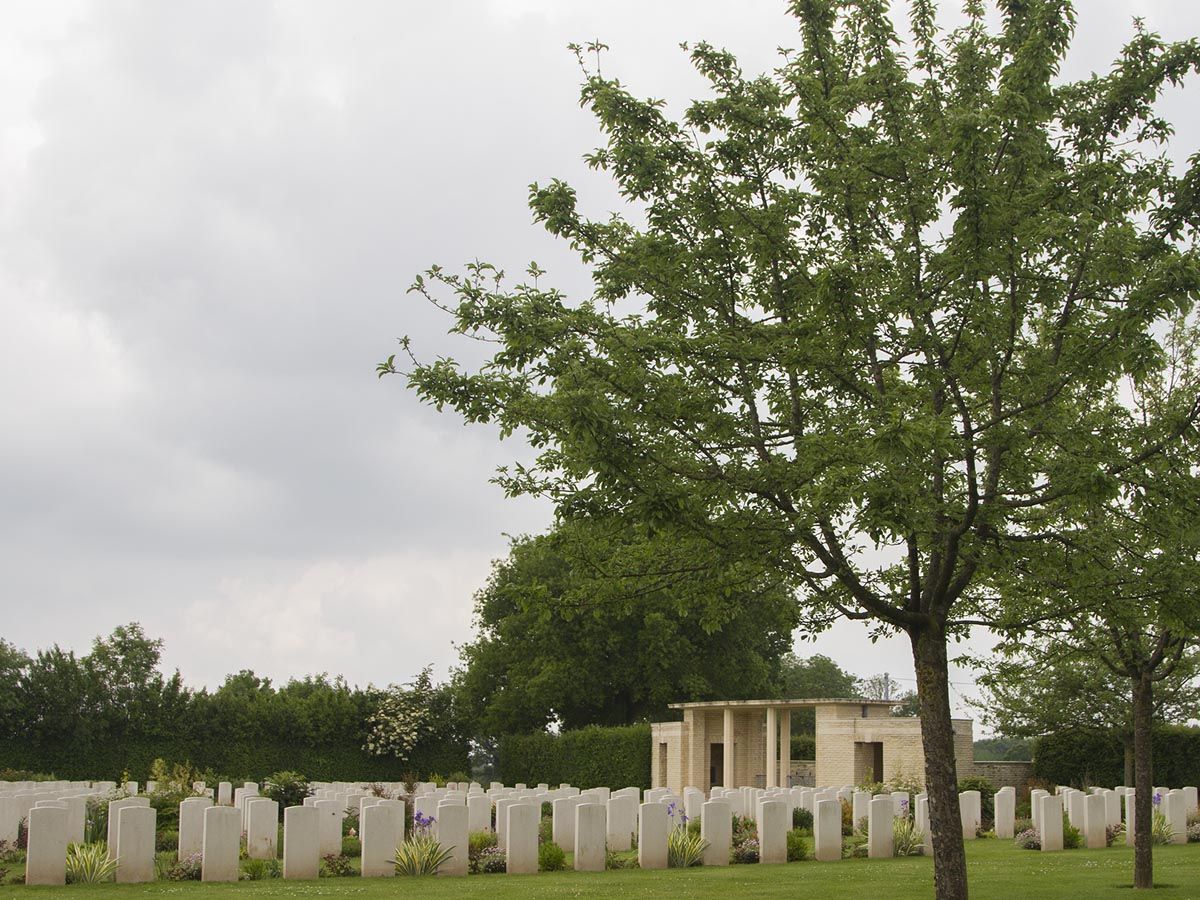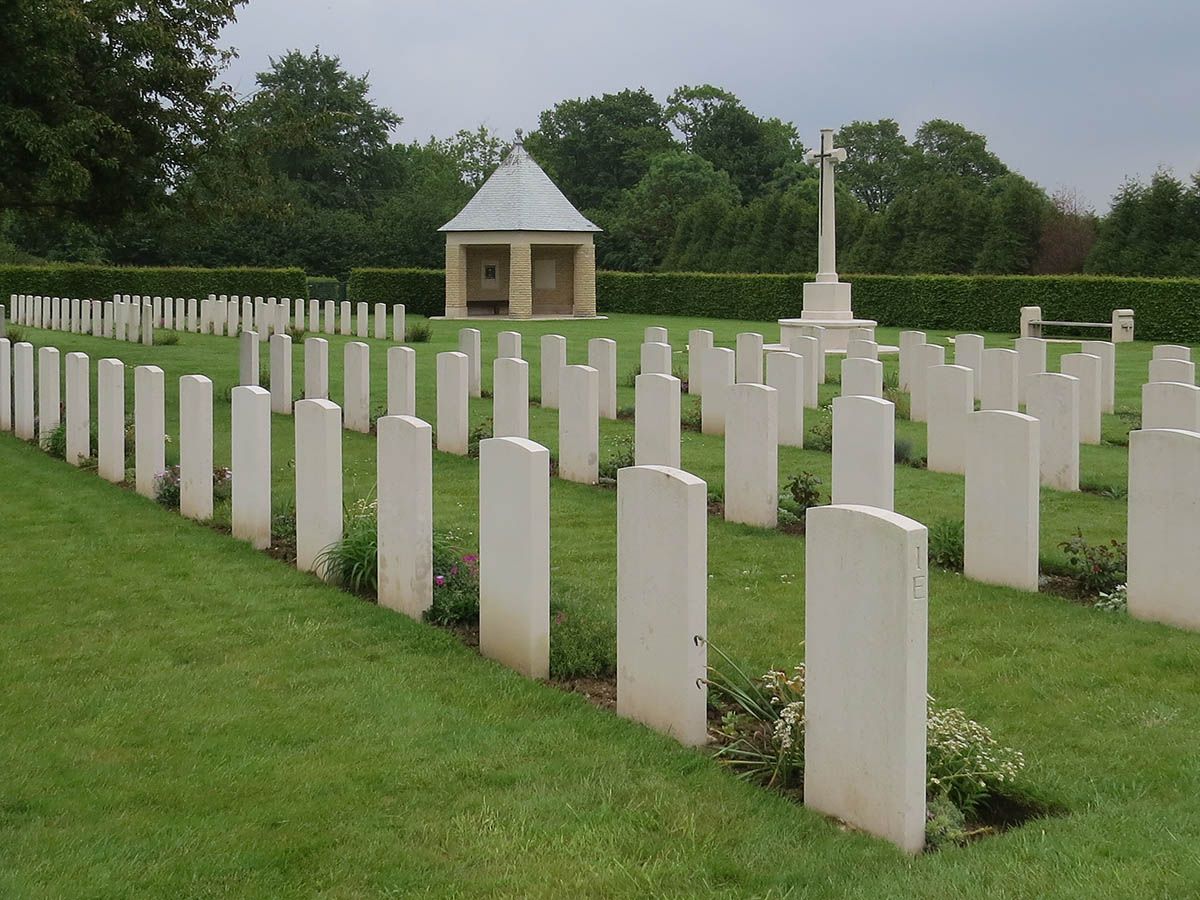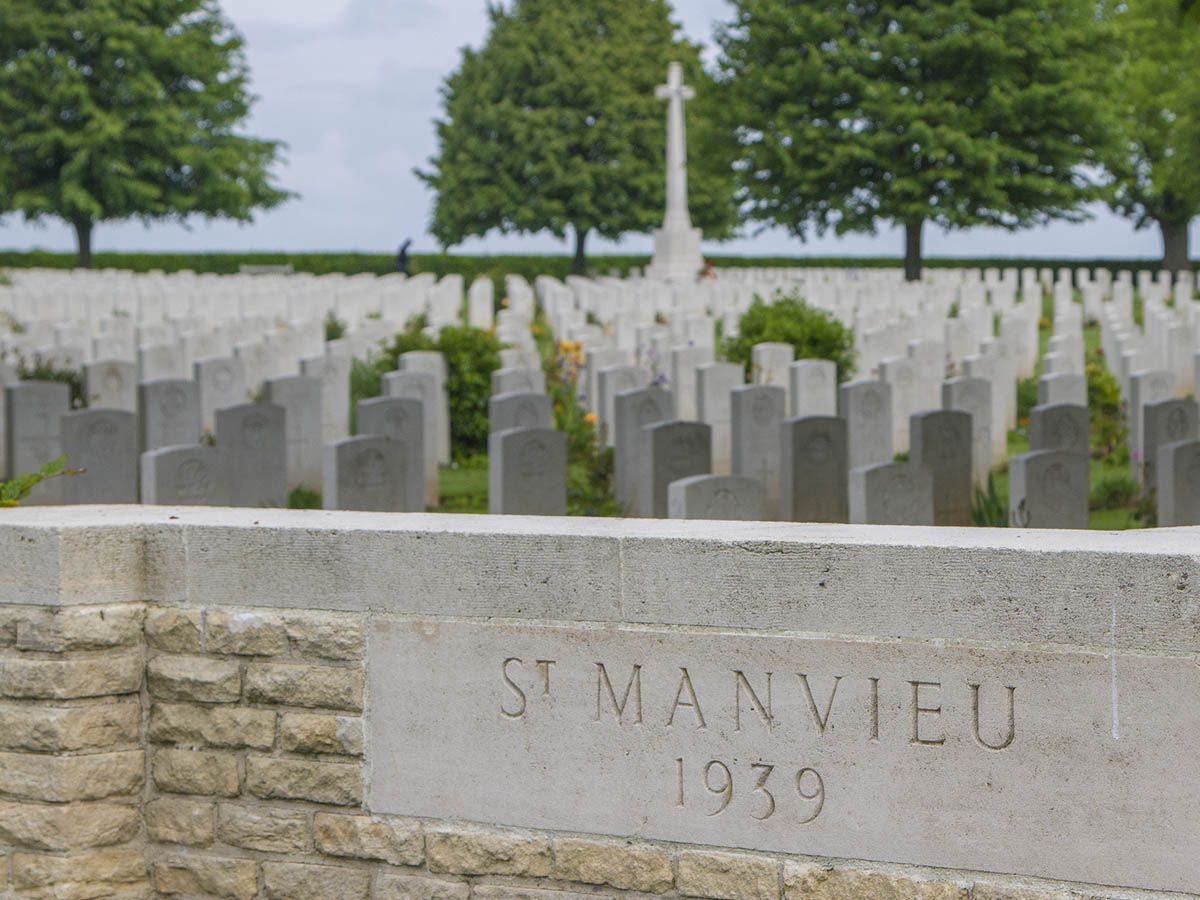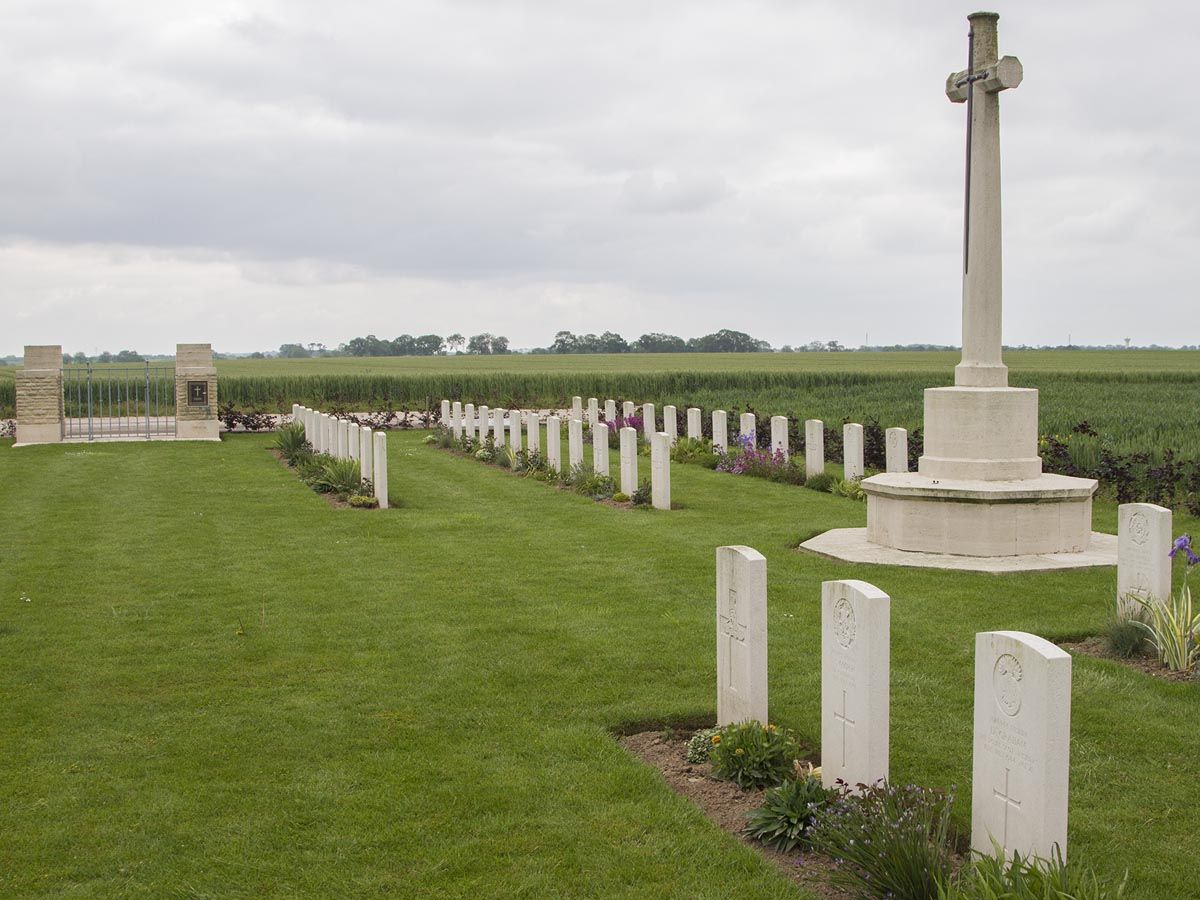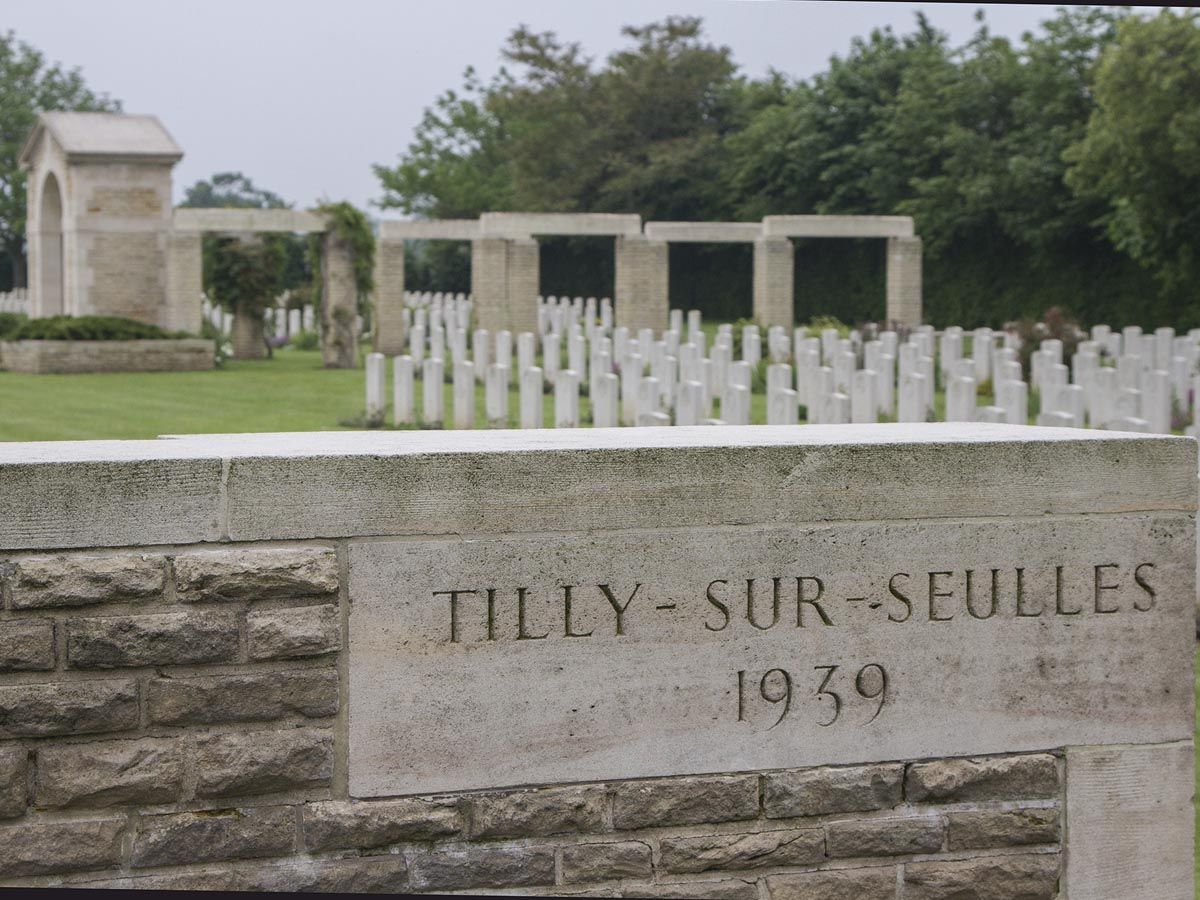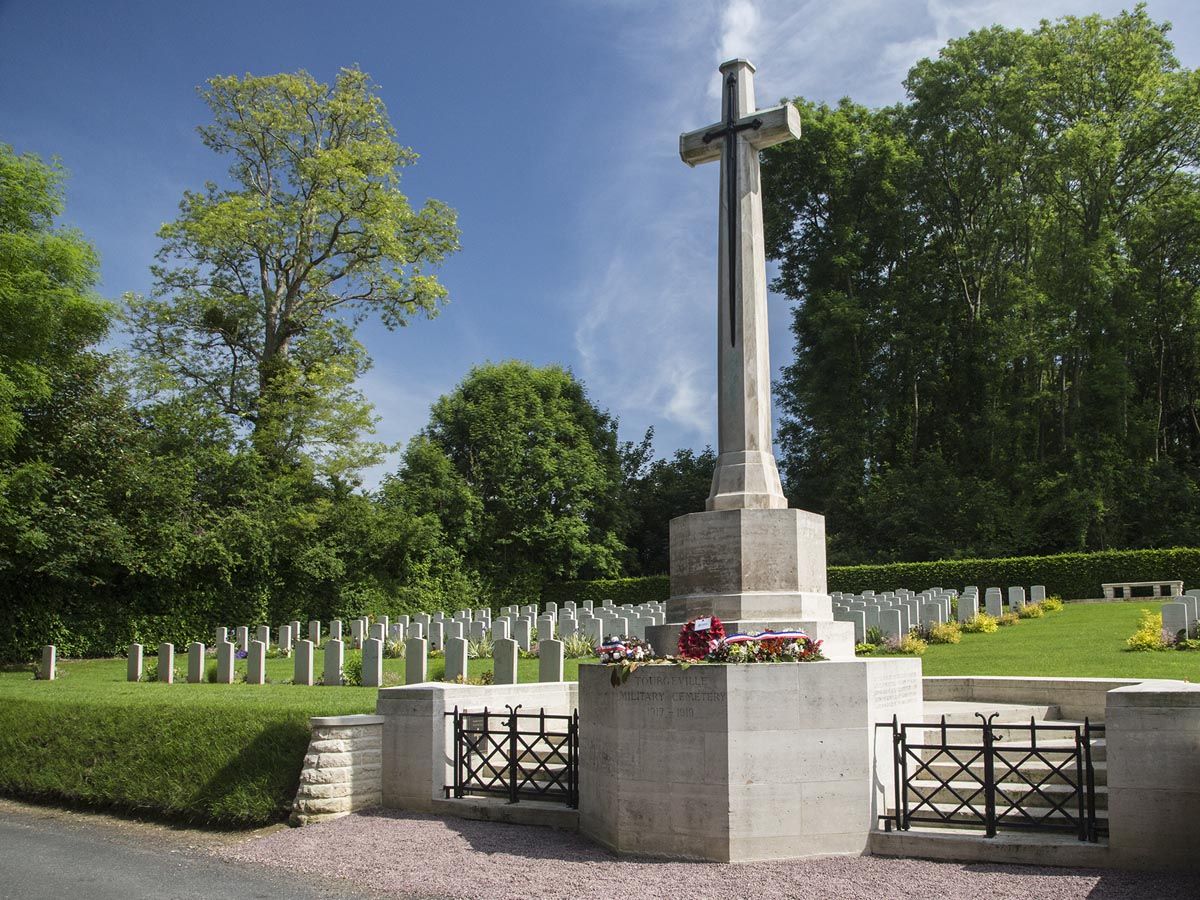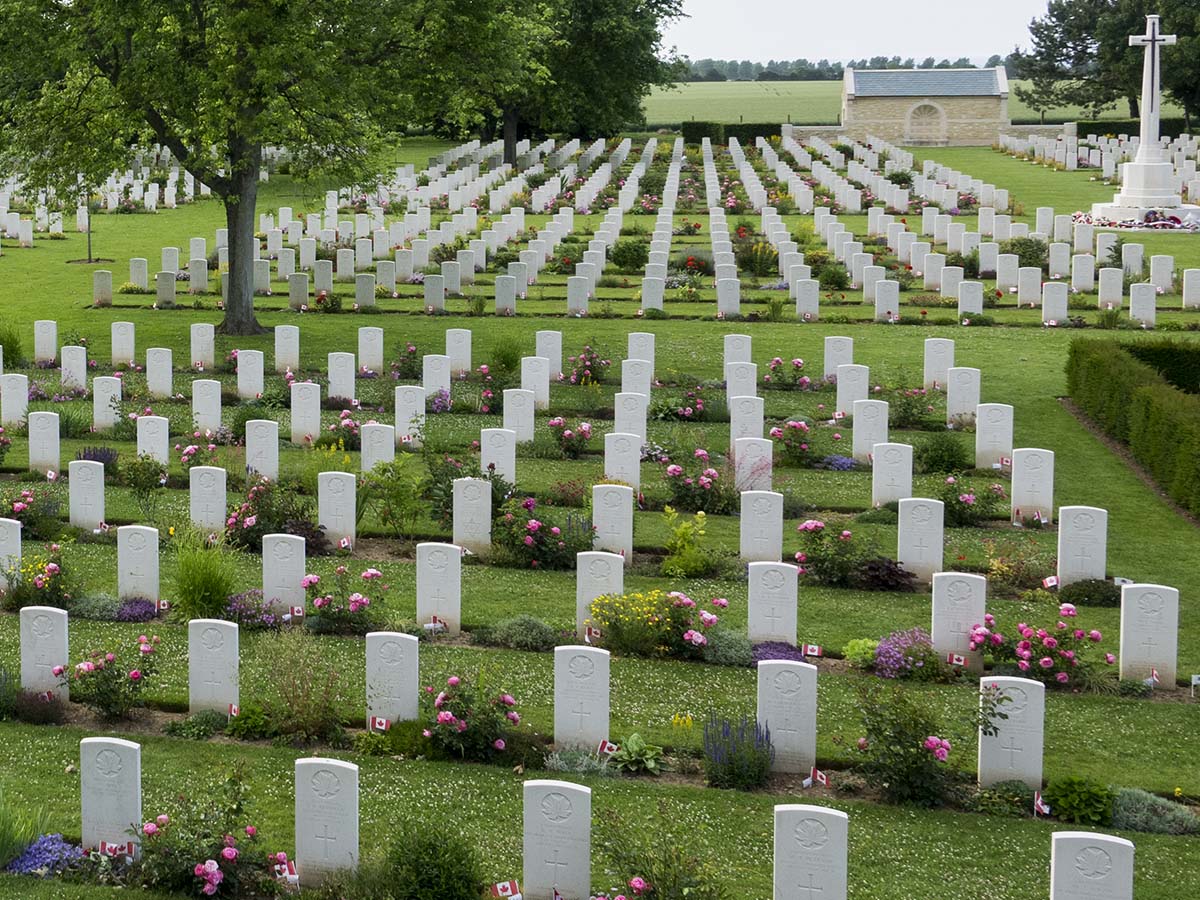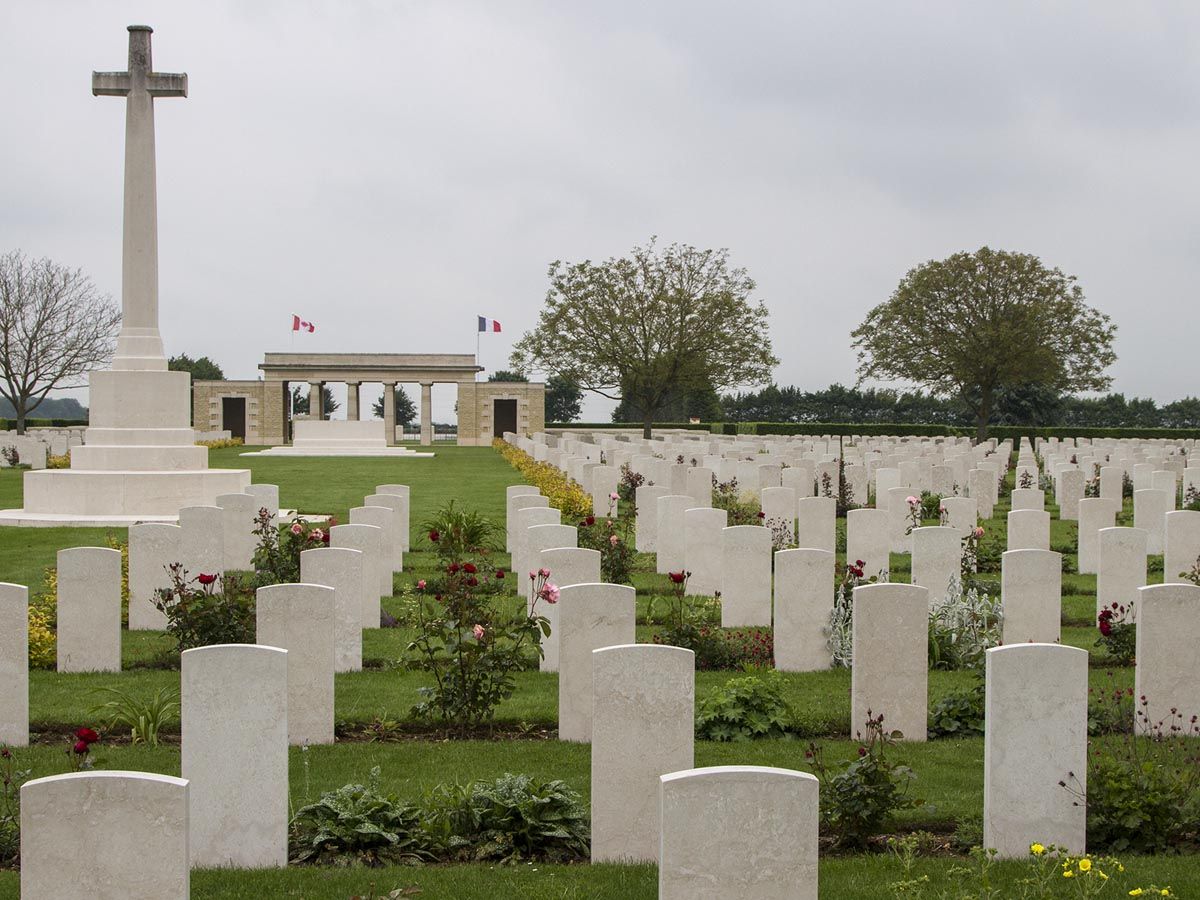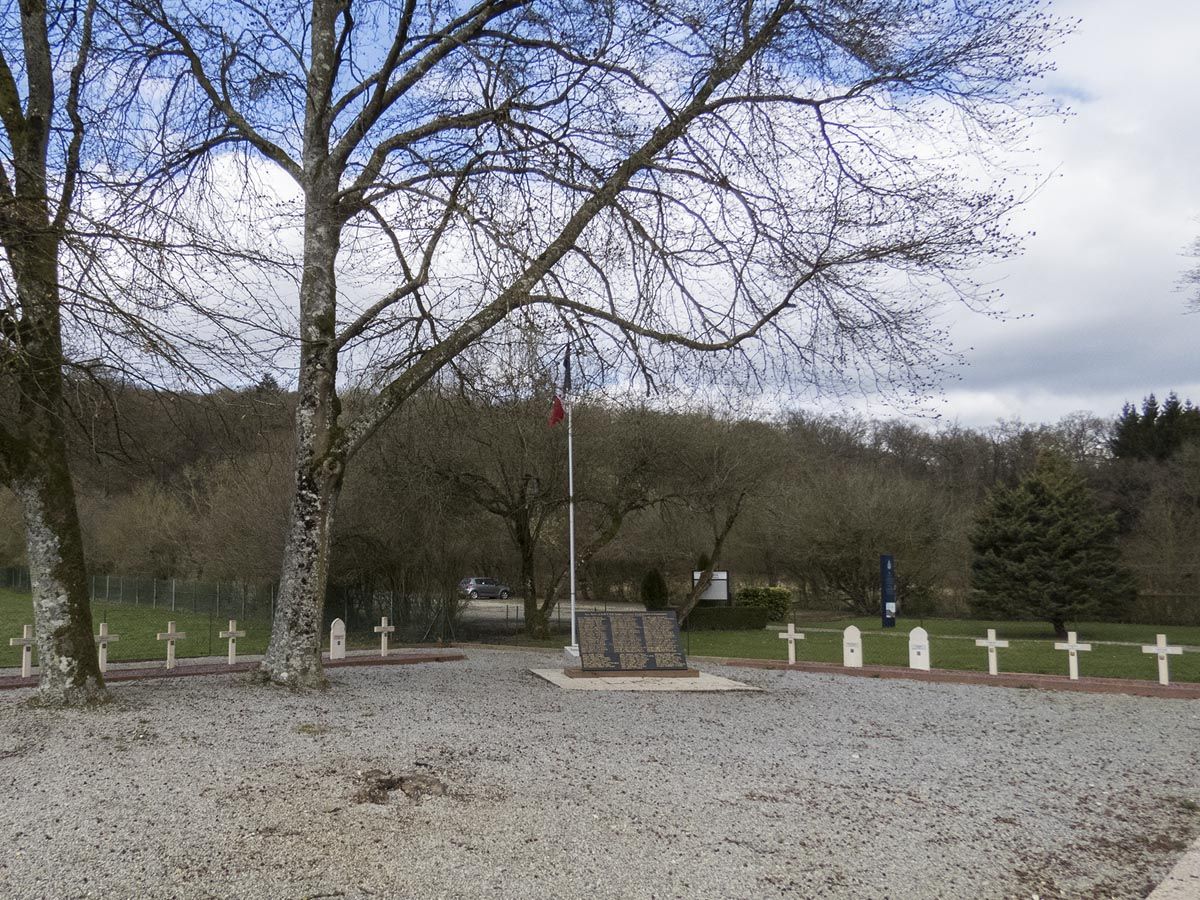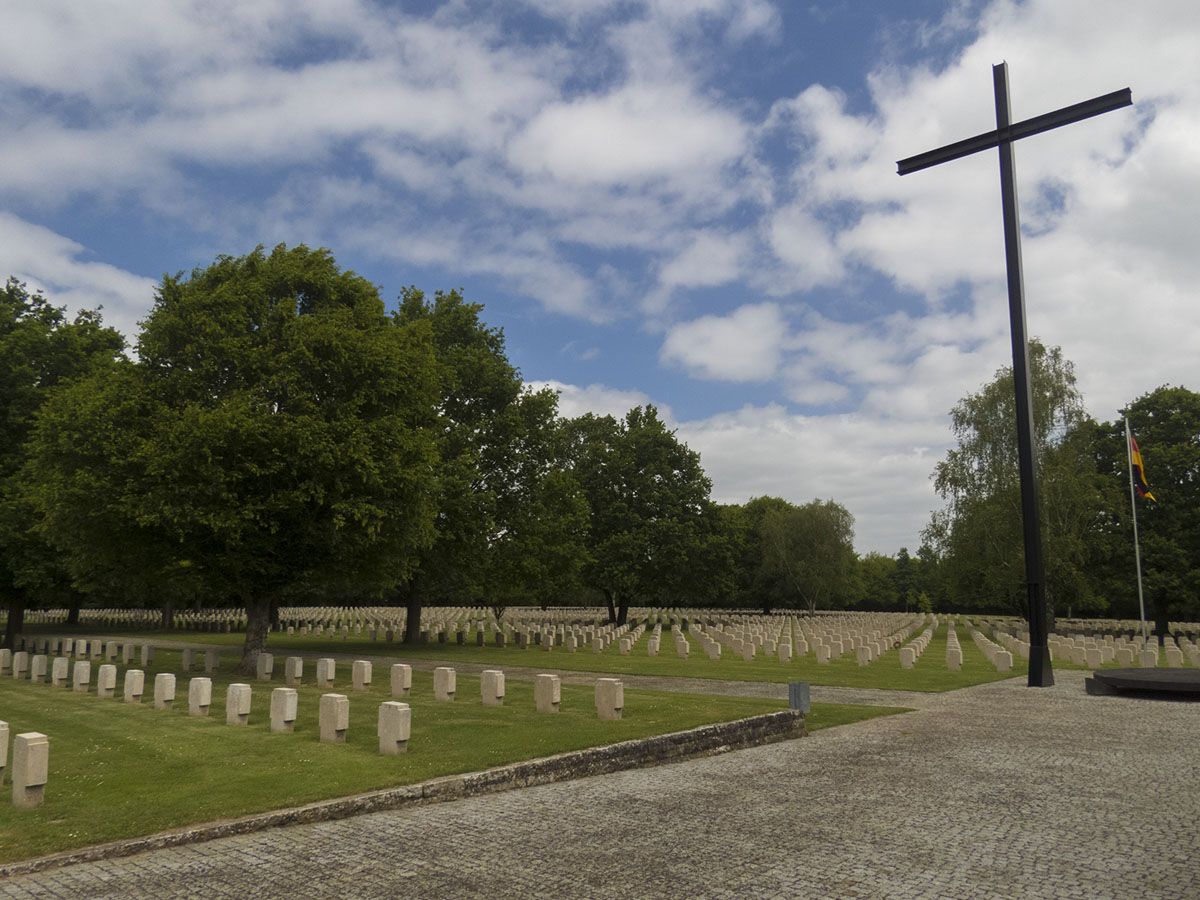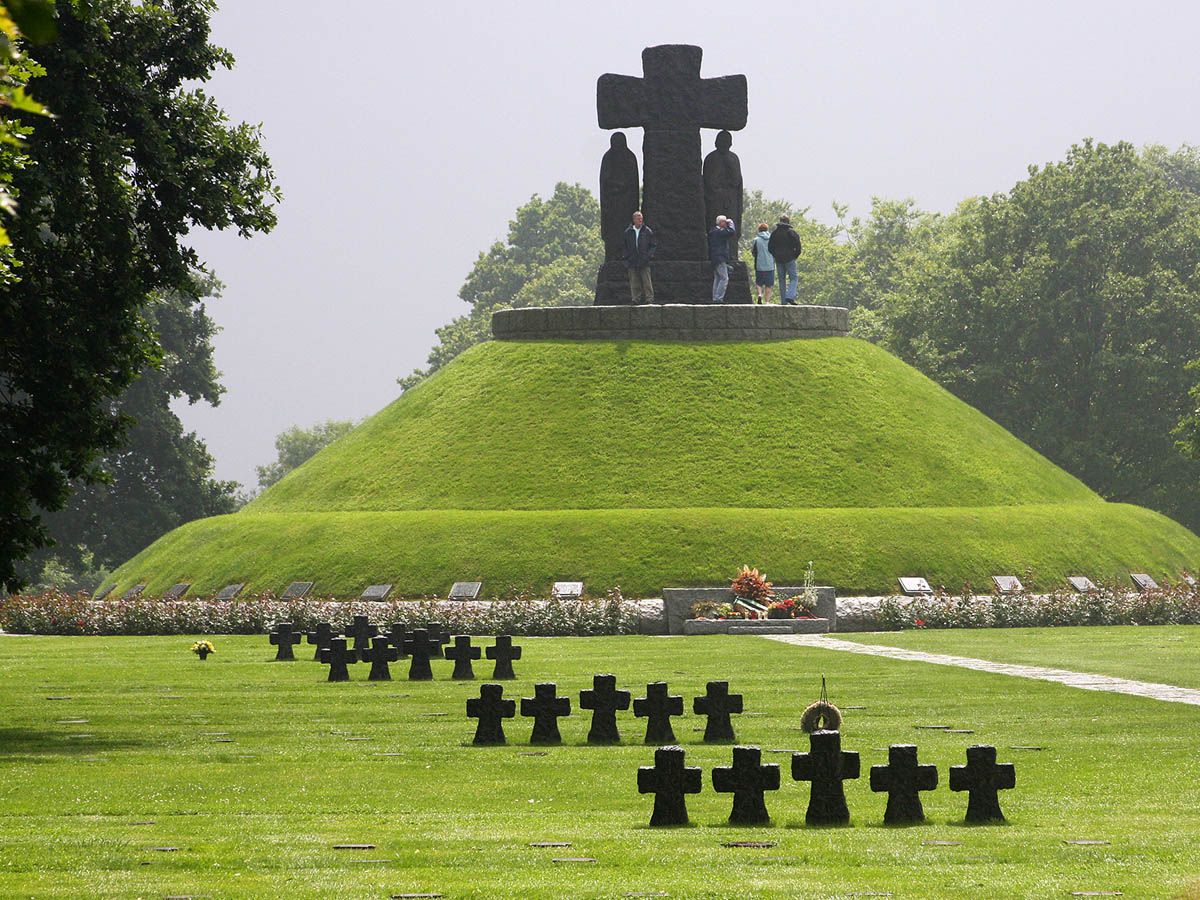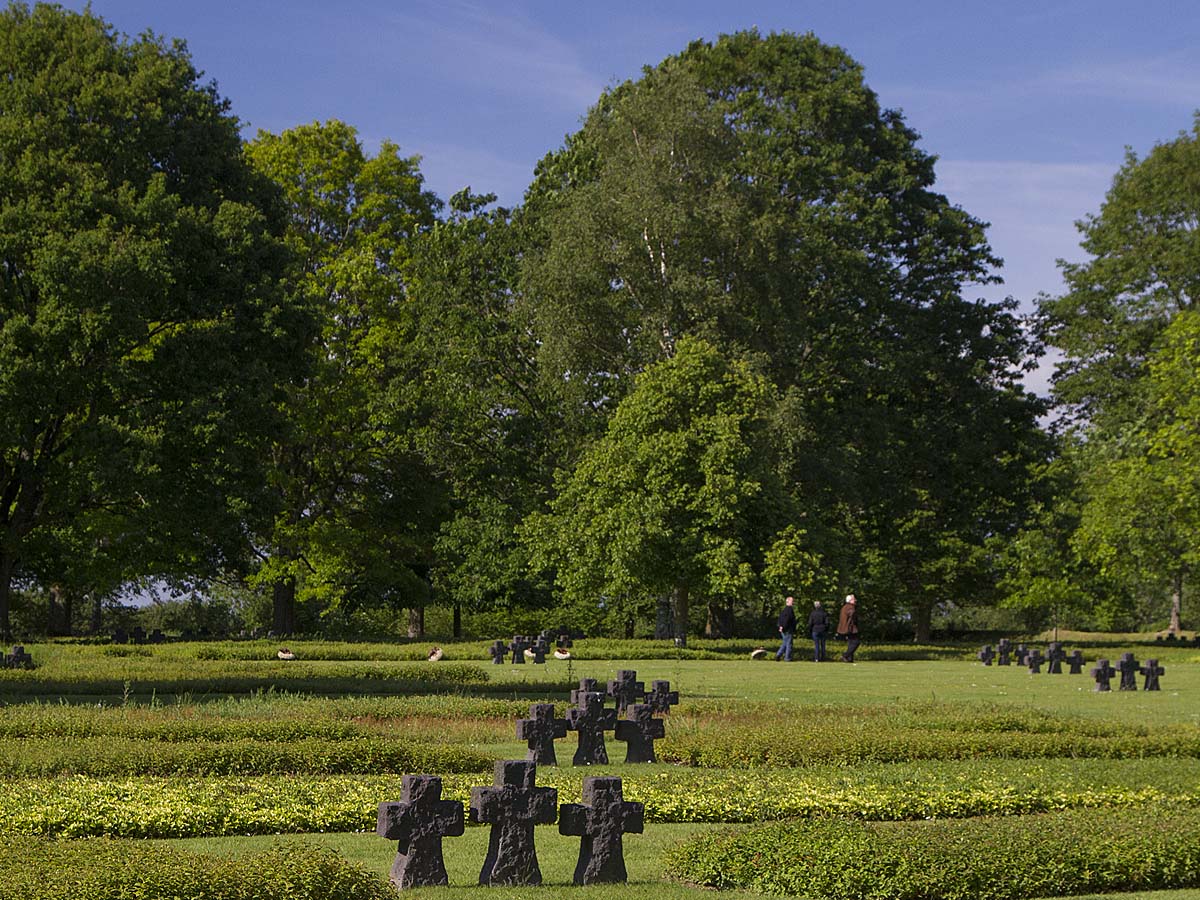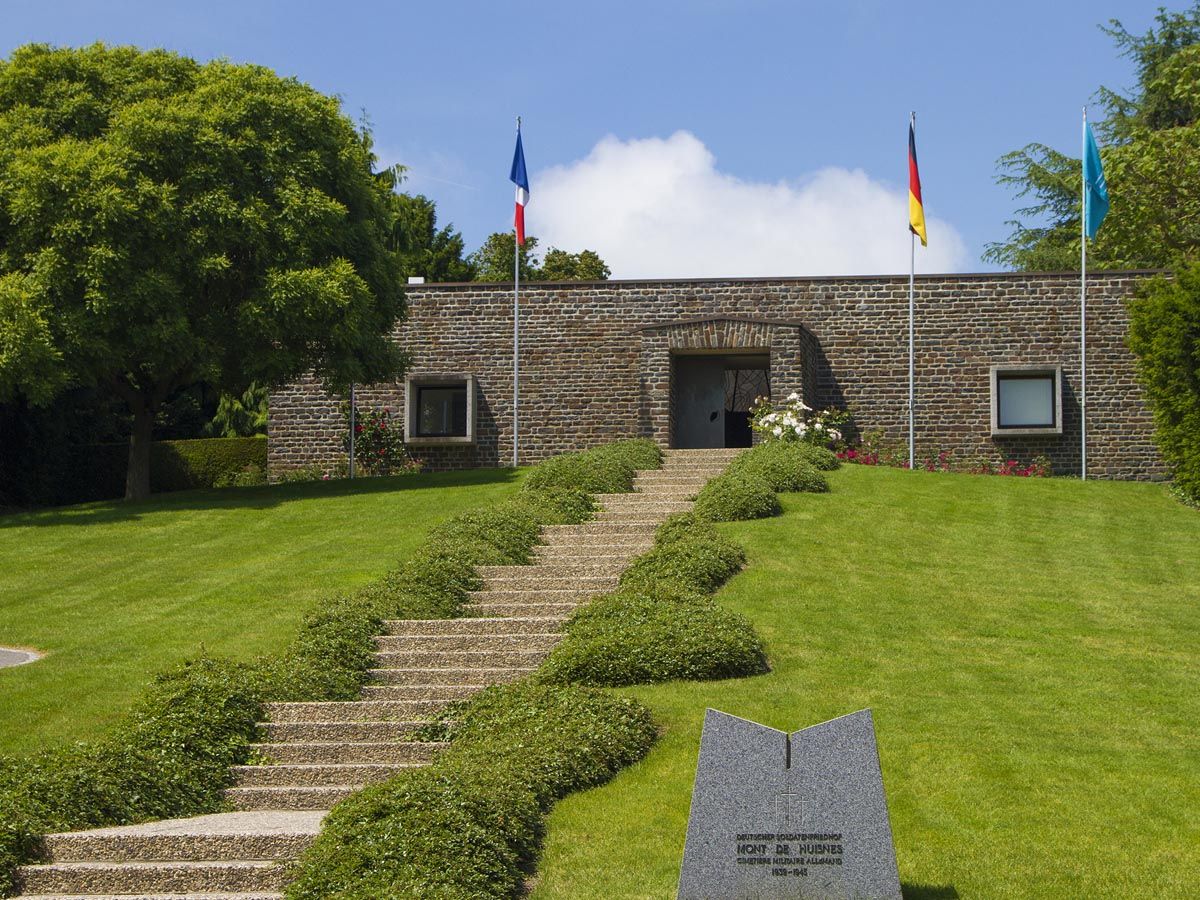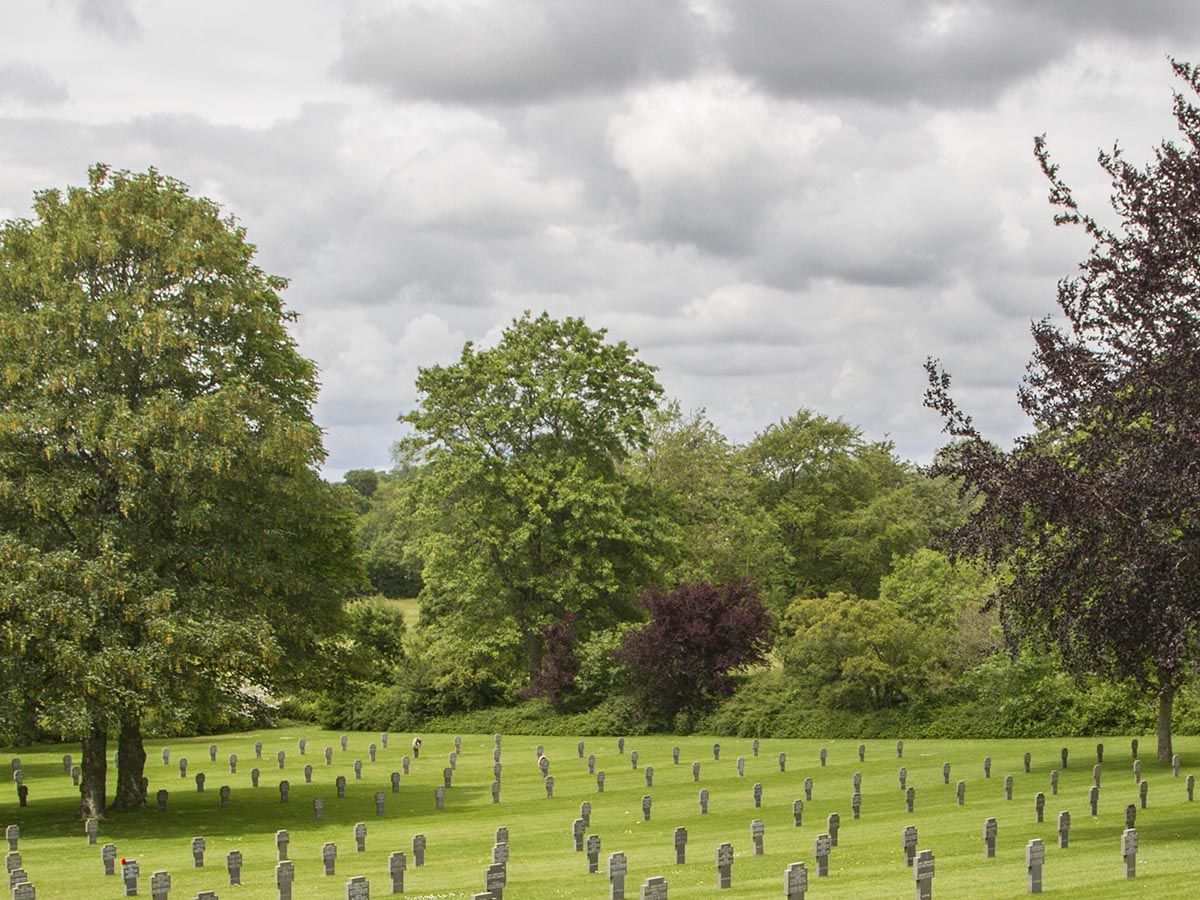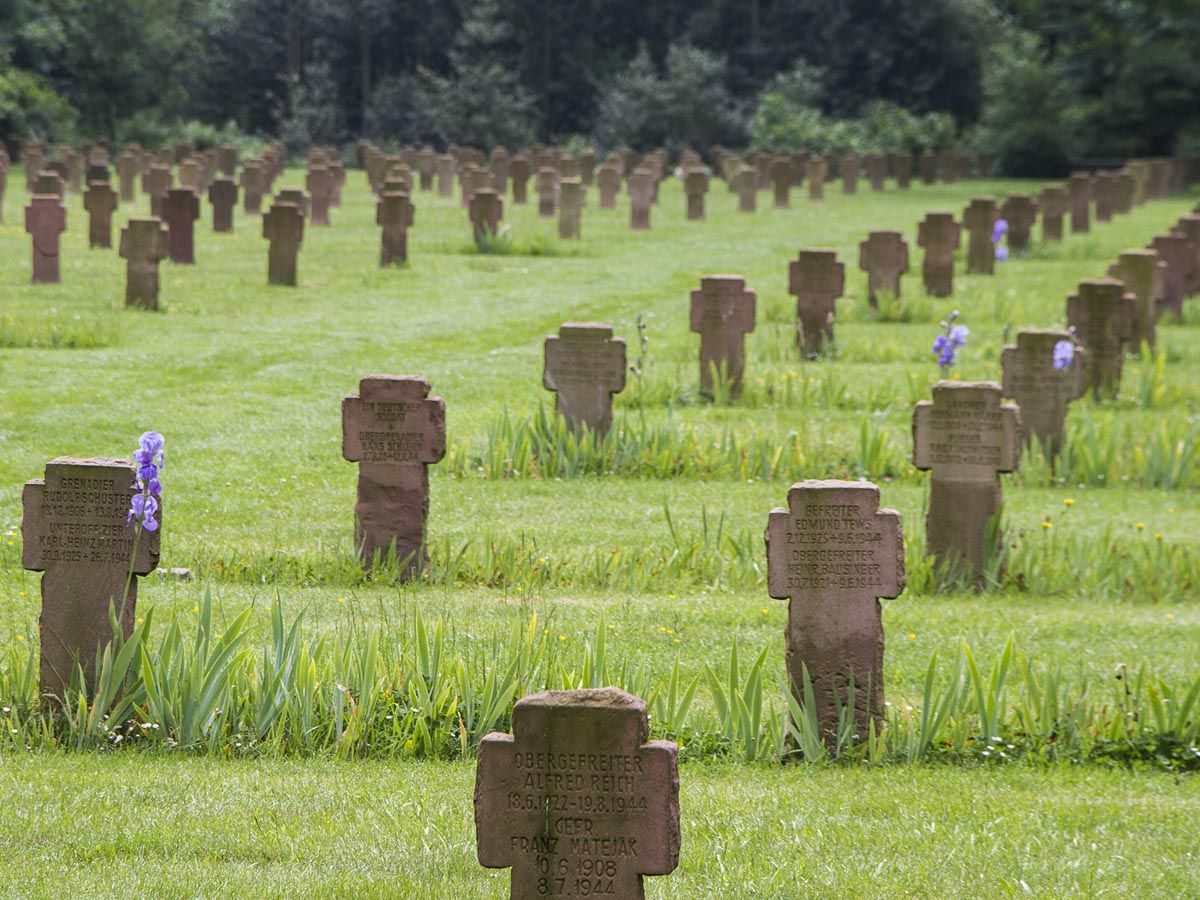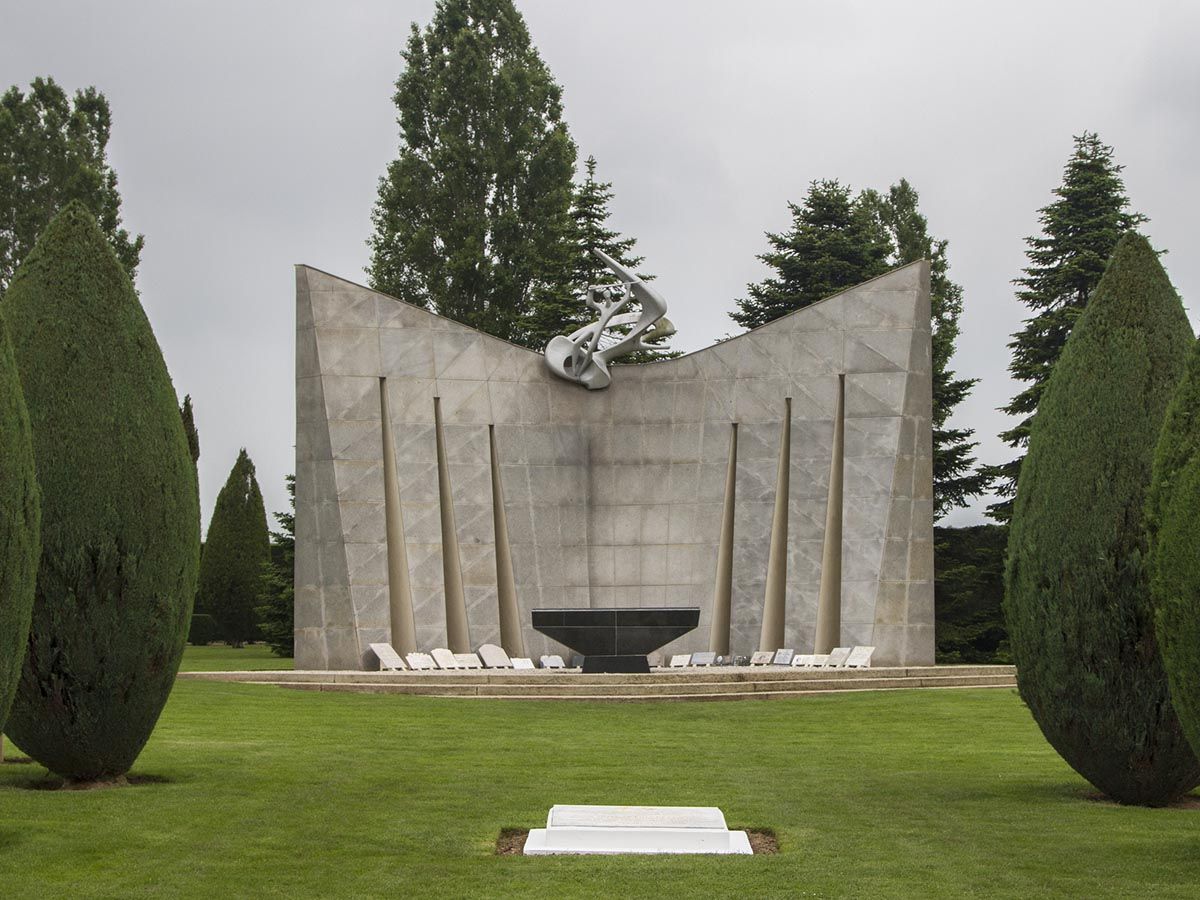Nestled in the serene Normandy countryside, Tourgeville Military Cemetery stands as a solemn reminder of the sacrifices made during both World Wars. This peaceful resting place contains 210 Commonwealth burials from World War I, 13 from World War II, and 90 German graves. The cemetery offers visitors a quiet place for reflection and a tangible connection to the history that shaped our modern world.
As you wander among the meticulously maintained headstones, you’ll feel the weight of history in this tranquil setting. Located south of Le Havre and just north of the village of Tourgéville, the cemetery is less crowded than some of Normandy’s larger memorial sites like the American Cemetery in Colleville-sur-Mer. This makes it perfect for those seeking a more personal and contemplative experience.
History of Tourgeville Military Cemetery
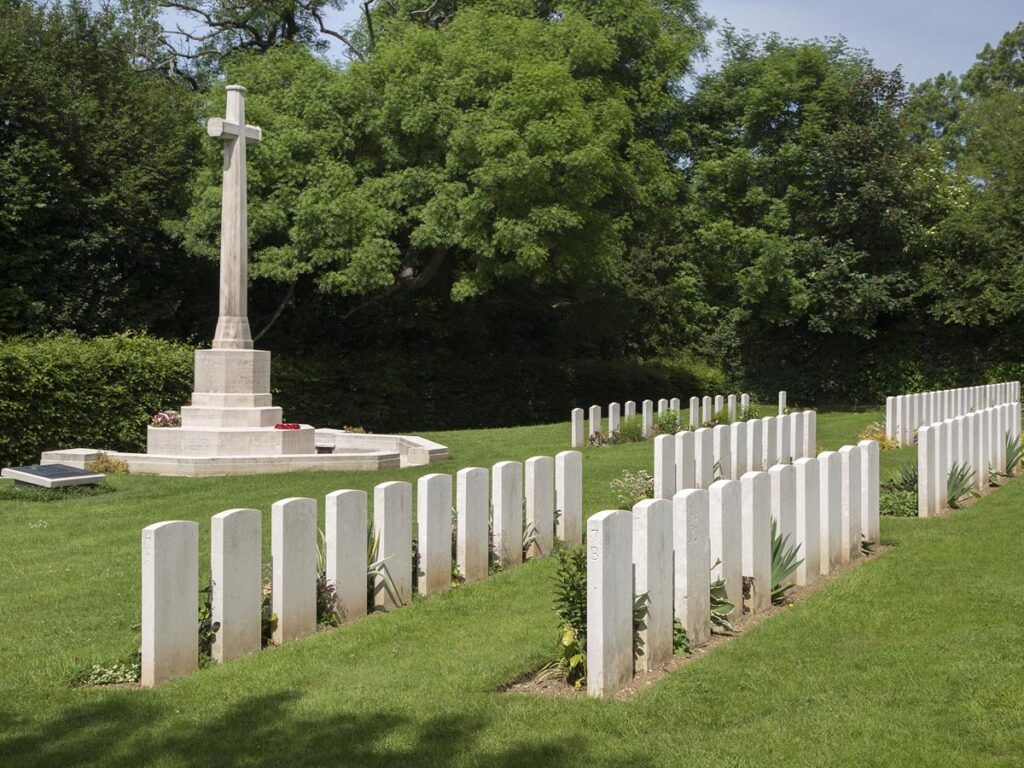
Tourgeville Military Cemetery stands as a peaceful memorial to fallen soldiers from both World Wars. This carefully maintained site offers a glimpse into the military history of Normandy and the sacrifices made by Commonwealth and German forces.
The Role in World War II
During World War II, Tourgeville became an important location for military operations in Normandy. The cemetery contains 13 burials from the Second World War, representing soldiers who gave their lives during this global conflict.
When you visit, you’ll notice how the cemetery’s layout reflects military precision and respect for those who fell. The cemetery was established to provide a dignified final resting place for soldiers who died in nearby battles or in field hospitals in the area.
The German section of the cemetery also tells an important part of the war story, with 90 German graves showing that this sacred ground honors the fallen from both sides of the conflict.
Commonwealth Burials and Commemoration
The cemetery primarily holds Commonwealth burials, with 210 graves from the First World War. These represent soldiers primarily from Britain and other Commonwealth nations who fought and died on French soil.
When you walk among the rows of headstones, you’ll find they’re meticulously arranged and maintained by the Commonwealth War Graves Commission. Each stone tells the story of an individual soldier, with name, rank, regiment, date of death, and often a personal inscription chosen by the family.
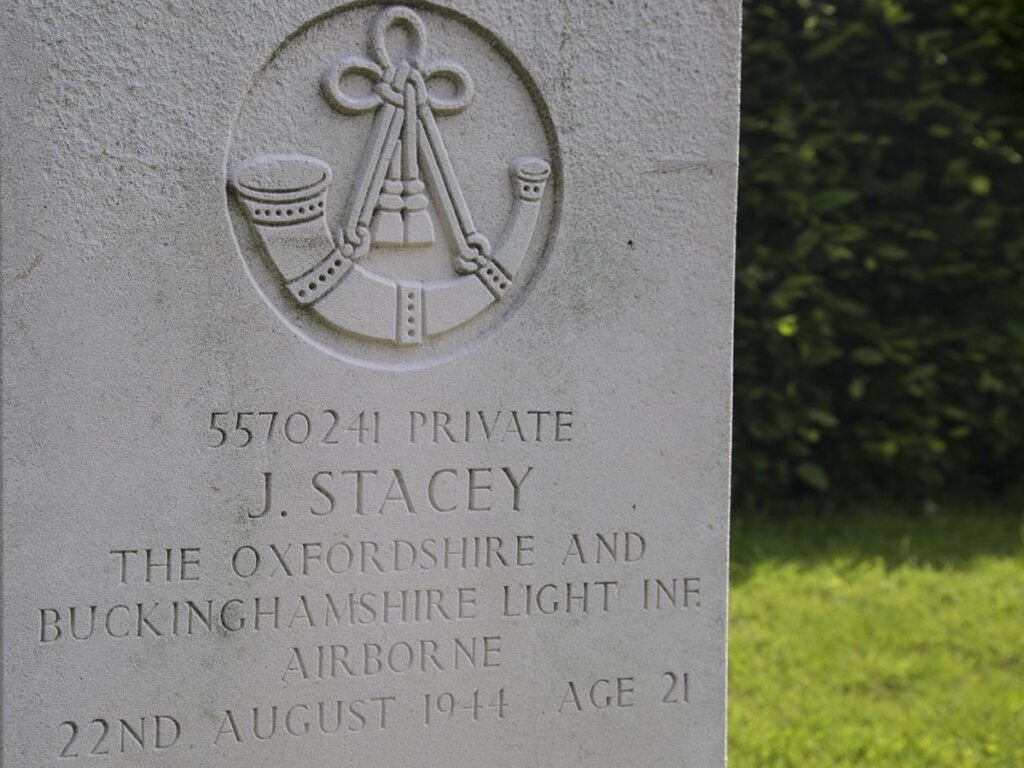
The cemetery was designed to be a tranquil space for reflection. Its location near the small Norman village of Tourgeville creates a peaceful backdrop for remembering these soldiers’ sacrifices. The site connects to the larger Commonwealth War Graves network across France, preserving the memory of those who never returned home.
Tourgeville Military Cemetery Grounds
The cemetery grounds provide a peaceful resting place for soldiers from both World Wars, with careful attention to layout and respectful memorials. The well-maintained space honors the memory of Commonwealth soldiers and others who made the ultimate sacrifice.
Layout and Structure
The Tourgeville Military Cemetery sits in the beautiful Normandy countryside of France. It covers a modest area with neat rows of graves arranged in a dignified pattern. The cemetery holds 210 Commonwealth burials from World War I and 13 from World War II.
You’ll also find 90 German graves and two other burials within the grounds. The layout follows the Commonwealth War Graves Commission’s thoughtful design principles with a clear, organized arrangement.
When you visit, you’ll notice the immaculate grounds with neatly trimmed grass and carefully tended flower beds. The cemetery includes a Stone of Remembrance and a Cross of Sacrifice – standard features in Commonwealth war cemeteries.
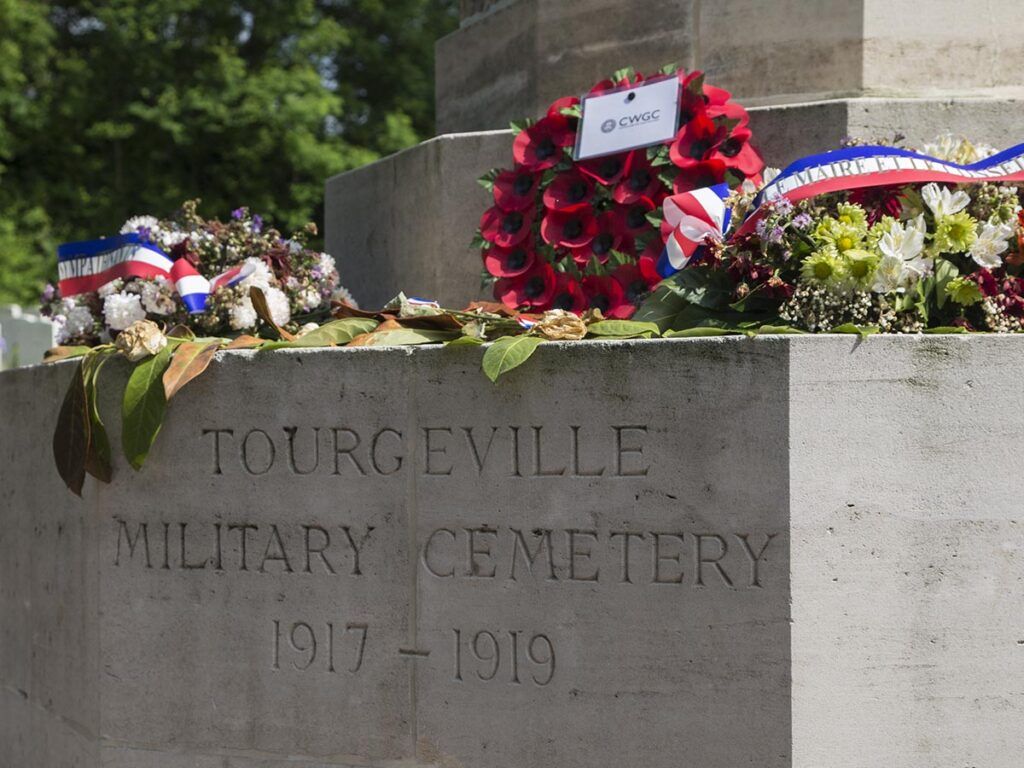
The entrance provides a registry where you can learn more about those buried here. The peaceful setting invites quiet reflection as you walk among the headstones.
Notable Graves
While exploring the cemetery, you’ll discover graves of soldiers from various Commonwealth nations. Each headstone tells a story of sacrifice, with inscriptions noting name, rank, regiment, date of death, and often a personal message from family.
Among the 210 World War I Commonwealth burials, you’ll find soldiers from different units who fought in the grueling trench warfare of the Western Front. The 13 World War II graves represent those who fell during the later conflict, including some who may have participated in the Normandy operations.
The German section contains 90 graves, a reminder that loss touched all nations involved in these conflicts. These graves stand as a testament to the universal cost of war.
Look for the communal cemetery section, where soldiers rest alongside local civilians. This arrangement reflects the connection between military sacrifice and the communities they fought to protect.
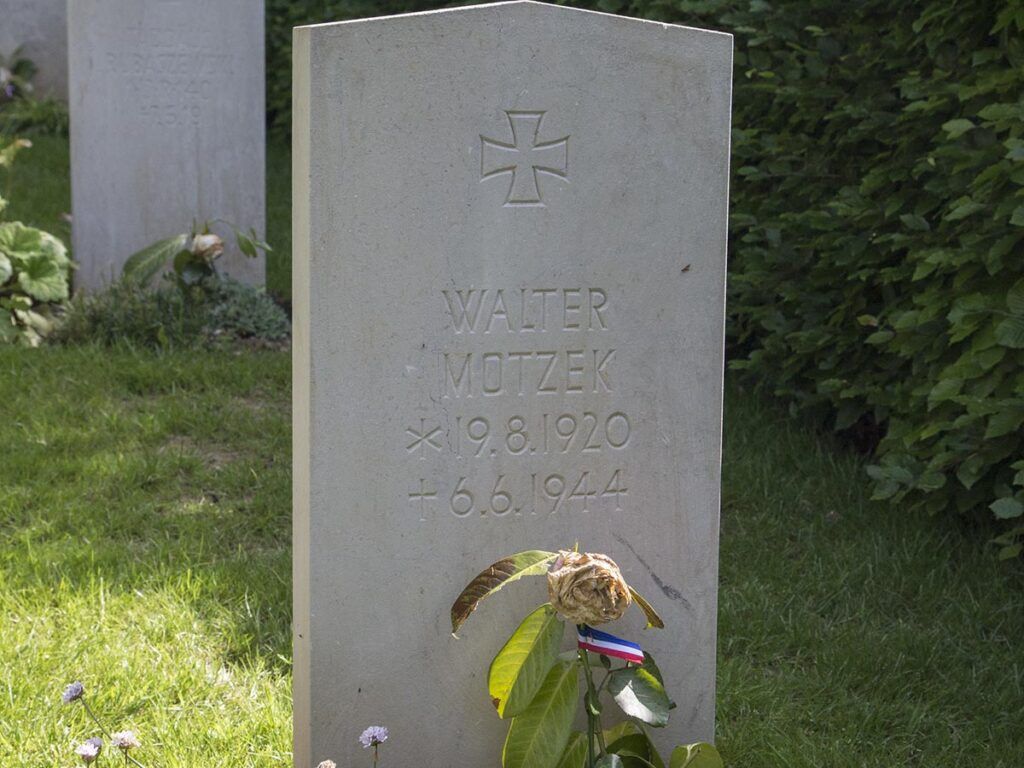
Ceremonies and Services
Tourgeville Military Cemetery hosts several meaningful ceremonies throughout the year to honor the fallen soldiers. These solemn events provide visitors with opportunities to pay respects and learn about the sacrifices made during both World Wars.
Annual Commemorations
The Commonwealth War Graves Commission organizes memorial services at Tourgeville Military Cemetery on key dates. Remembrance Day (November 11th) draws the largest gathering, with representatives from Allied nations, local officials, and families of the fallen.
You’ll find wreaths laid at the Cross of Sacrifice during these ceremonies. The somber atmosphere is enhanced by military bands and honor guards in full dress uniform.
During the D-Day anniversary week (early June), special commemorations honor the 13 Second World War casualties buried here. These events often include veterans (when possible), historical readings, and moments of silence.
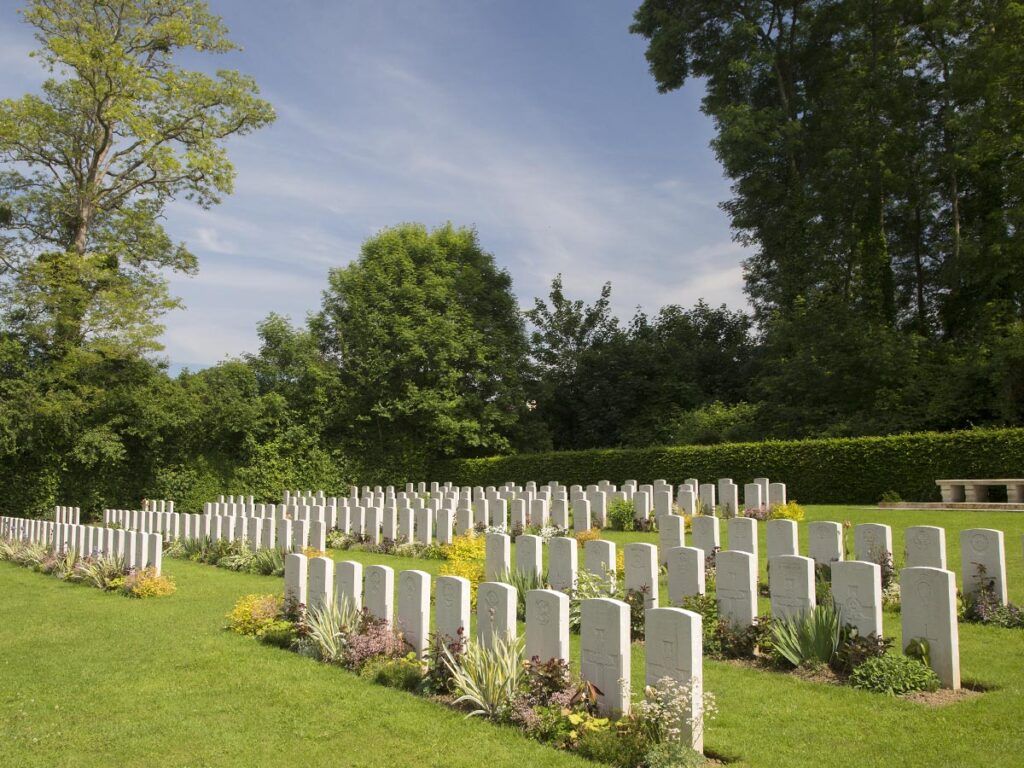
Local schools participate in ANZAC Day (April 25th) ceremonies, helping younger generations understand the significance of these memorials.
Private Services
You can arrange private commemorative services at Tourgeville Military Cemetery throughout the year. The Commission welcomes families wishing to honor their relatives buried among the 210 Commonwealth graves.
To organize a private service, contact the Cemetery office at least two weeks in advance. They’ll help coordinate your visit and provide information about available facilities.
Small gatherings can include personal tributes, religious ceremonies, or simple moments of reflection. The cemetery staff can recommend local florists for wreaths or arrangements if you wish to leave a floral tribute.
Photography is permitted during private services, but please maintain the respectful atmosphere that befits this solemn place. The cemetery grounds remain open to other visitors during private ceremonies.
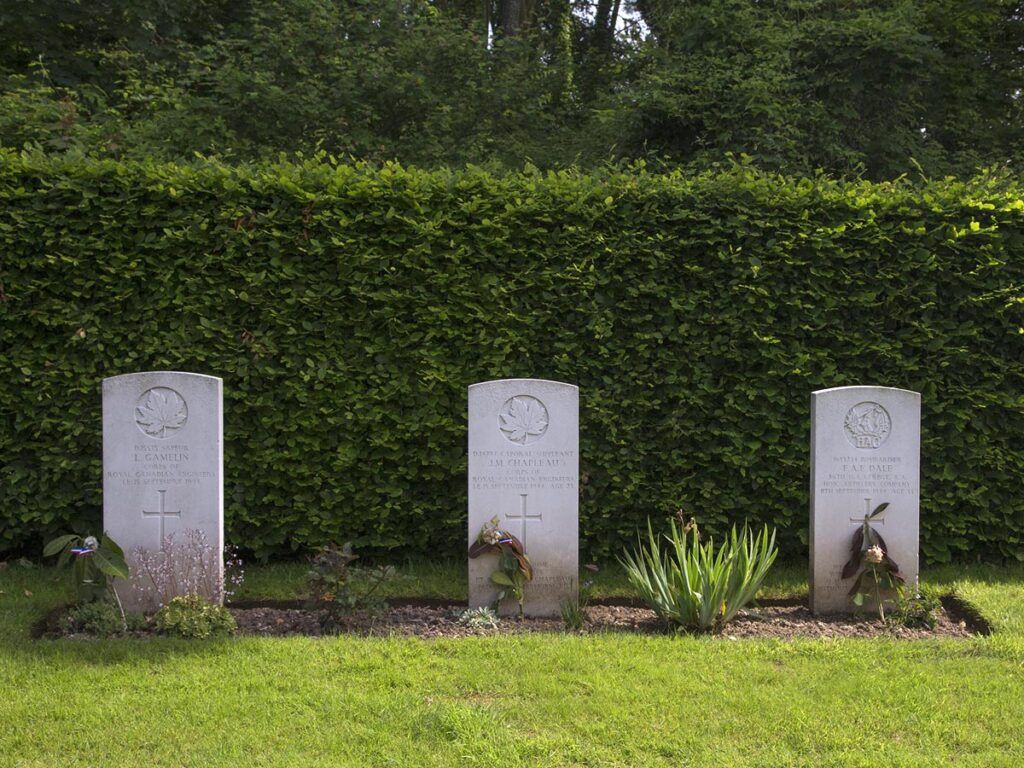
Planning Your Visit
Visiting Tourgéville Military Cemetery offers a moving experience to honor those who served in both World Wars. Planning ahead will ensure your trip is respectful and meaningful while making the most of your time in this beautiful part of Normandy.
Best Time to Visit
The cemetery is open year-round, but the most pleasant time to visit is from May through September when the weather in Calvados is mild and the grounds are in full bloom. Spring brings colorful flowers, creating a peaceful backdrop for reflection.
Weekday mornings tend to be quieter, offering more solitude for contemplation. If you visit on November 11 (Remembrance Day) or early June (D-Day anniversary), you might witness commemorative ceremonies, though these dates attract more visitors.
The cemetery’s maintenance is impeccable throughout the year, but autumn visits offer beautiful golden colors across the grounds and fewer tourists.
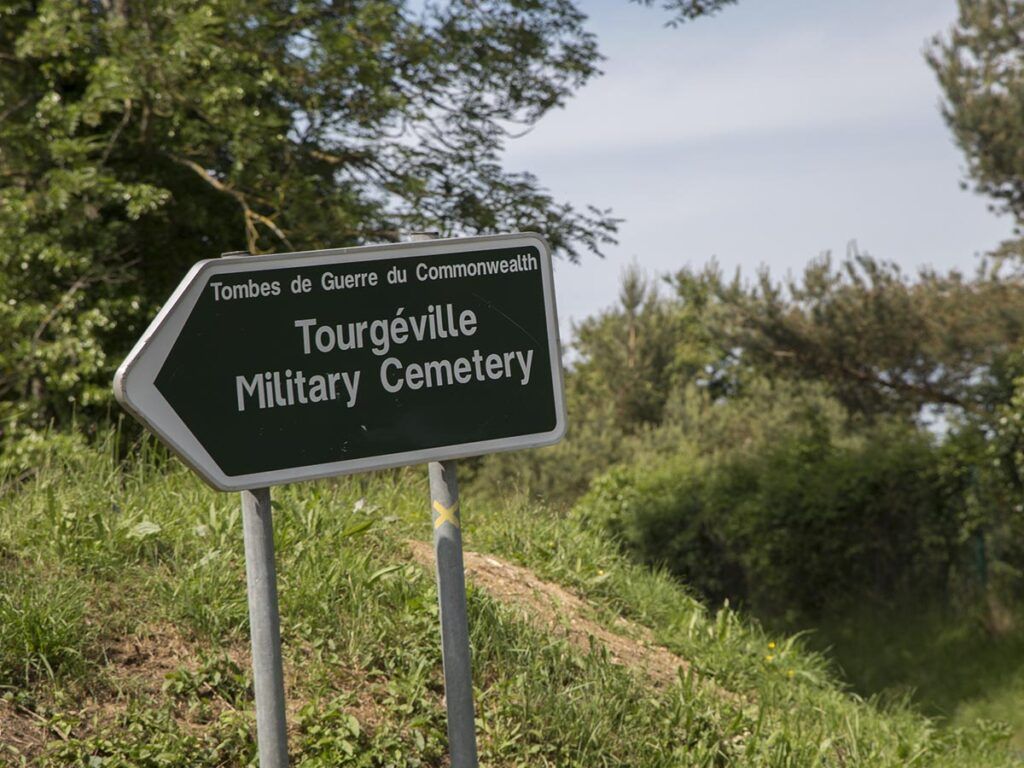
How to Get There
Tourgéville Cemetery is located just south of Le Havre in the Calvados region of Normandy, close to the charming seaside town of Honfleur.
By Car: The most convenient way to reach the cemetery is by car. From Honfleur, it’s approximately a 15-minute drive. Take the D677 and follow signs for Tourgéville. The cemetery has a small parking area on site.
By Public Transport: Bus services run from Honfleur to Tourgéville, though they’re limited. Consider checking schedules at the Honfleur tourist office for current timetables.
From Paris: You can make a day trip by taking a train to Deauville-Trouville station (about 2 hours), then hiring a taxi for the short drive to the cemetery.
Guided Tours: Several Normandy tour operators include the cemetery on their WW1 and WW2 memorial routes.
Facilities and Accessibility
The cemetery provides basic visitor facilities to ensure a comfortable and respectful visit. At the entrance, you’ll find a visitor registry where you can sign your name and leave a message.
Accessibility: Most pathways are well-maintained gravel, generally accessible for wheelchairs and those with mobility issues. The Commonwealth War Graves Commission has worked to make the site navigable for all visitors.
Amenities: There are no refreshment facilities on site, so bring water, especially during summer visits. Clean restrooms are available near the entrance.
Information: Look for the cemetery register and information panels that provide historical context about the 210 Commonwealth and 13 WW2 burials, as well as the 90 German graves.
Benches are placed throughout the grounds, offering places for rest and reflection.
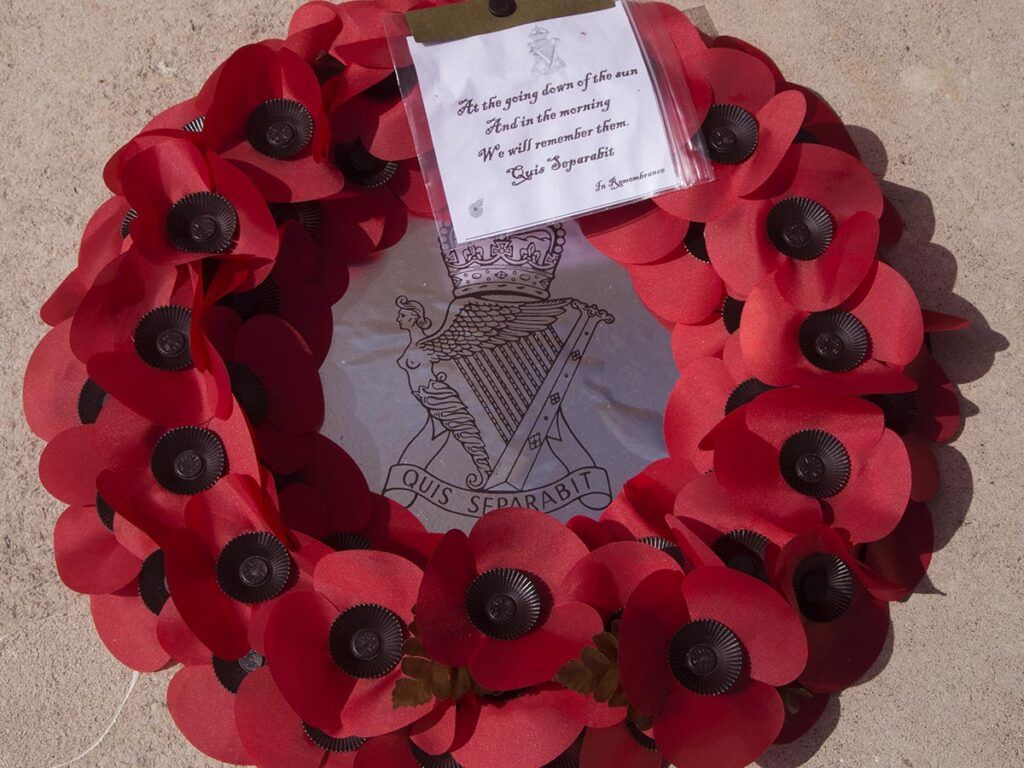
Nearby Accommodations
The Calvados region offers various lodging options to suit different budgets and preferences. Staying nearby allows you to visit the cemetery early morning when it’s most peaceful.
In Tourgéville: The village itself has limited accommodations, mainly consisting of charming bed and breakfasts and vacation rentals.
Deauville-Trouville: Just 5 minutes away, these twin seaside towns offer numerous hotels ranging from luxury establishments to budget-friendly options. The historic Normandy Barrière and Royal Barrière hotels provide elegant Belle Époque accommodations.
Honfleur: This picturesque harbor town (15 minutes by car) makes an excellent base with its historic ambiance. La Ferme Saint Siméon and Hotel L’Ecrin offer comfortable rooms amid half-timbered buildings and cobblestone streets.
Book accommodations well in advance during summer months and D-Day anniversary periods.
Tours
Joining a guided tour enhances your understanding of Tourgéville Military Cemetery and its historical significance within Normandy’s war memorials.
Local Guides: Several historians offer specialized tours focusing on both World Wars in Normandy. These experts provide detailed accounts of the cemetery’s history and the stories of those buried there.
Combined Tours: Many operators include Tourgéville in broader itineraries covering multiple war sites throughout Calvados. These typically include transportation from Honfleur or other nearby towns.
Self-Guided Options: The Commonwealth War Graves Commission offers downloadable information that you can use for a self-guided visit.
Customized Tours: For a more personal experience, several companies offer private tours that can be tailored to your specific interests, including focusing on particular military units or nationalities represented in the cemetery.
Tour durations range from one hour for the cemetery alone to full-day excursions covering multiple Normandy war sites.
Nearby Attractions
While visiting Tourgeville Military Cemetery, you’ll find several meaningful sites within a short drive. The Normandy region offers a rich tapestry of historical and cultural destinations that complement your cemetery visit.
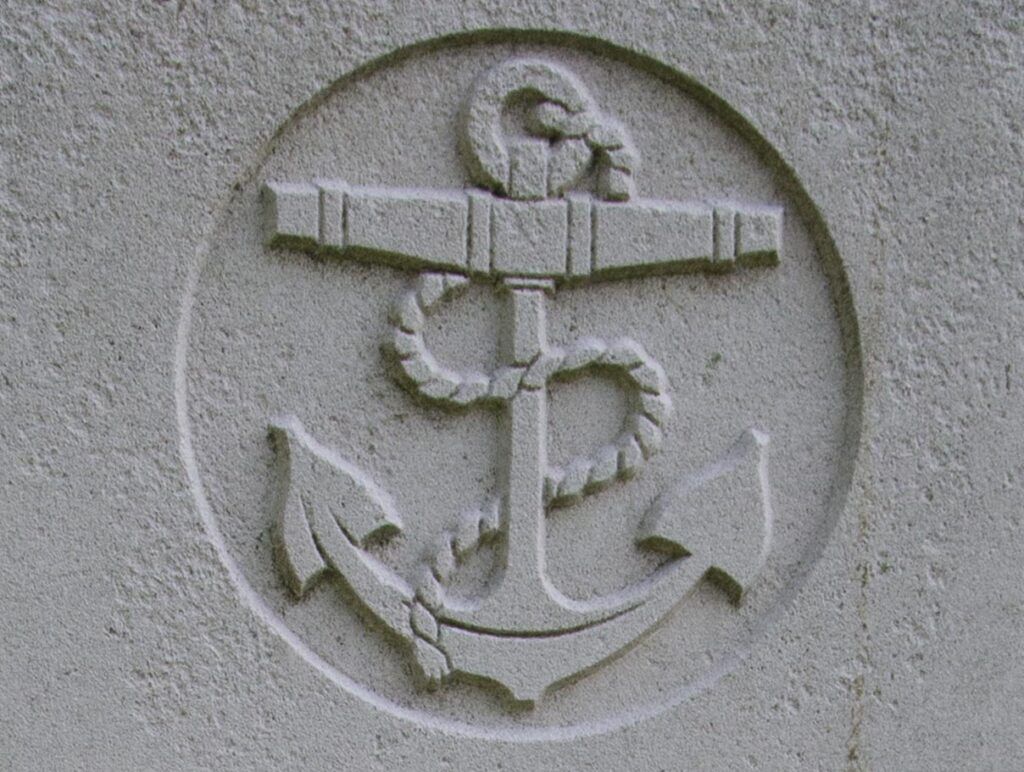
Nearby CWGC Cemeteries
The Commonwealth War Graves Commission maintains several cemeteries in the region worth visiting. Ranville War Cemetery, about 30 minutes east, contains over 2,500 Commonwealth burials from the D-Day operations. It’s particularly significant as the first cemetery established during the Battle of Normandy.
Bayeux War Cemetery, the largest Commonwealth cemetery of WWII in France, lies 45 minutes west. With nearly 4,700 burials, it offers a powerful reminder of the sacrifice made during the Normandy campaign.
Hermanville War Cemetery, located near Sword Beach, honors 1,000 Commonwealth soldiers who fell during the early days of the liberation. Many of the graves belong to men from the British 3rd Division who landed on June 6, 1944.
Local War Memorials
The Normandy American Cemetery at Colleville-sur-Mer overlooks Omaha Beach and contains 9,388 graves of U.S. soldiers. Its visitor center provides excellent context for understanding the D-Day landings.
In Arromanches, you’ll find memorials commemorating the artificial Mulberry Harbor that was crucial to the Allied supply chain. The 360° Cinema offers a moving panoramic film experience.
The small but moving Juno Beach Centre in Courseulles-sur-Mer honors Canadian contributions to D-Day. Its exhibits tell personal stories of soldiers and civilians affected by the war.
Don’t miss the Mémorial de Caen, a museum dedicated to peace that covers WWII, the D-Day landings, and the Cold War through interactive exhibits.
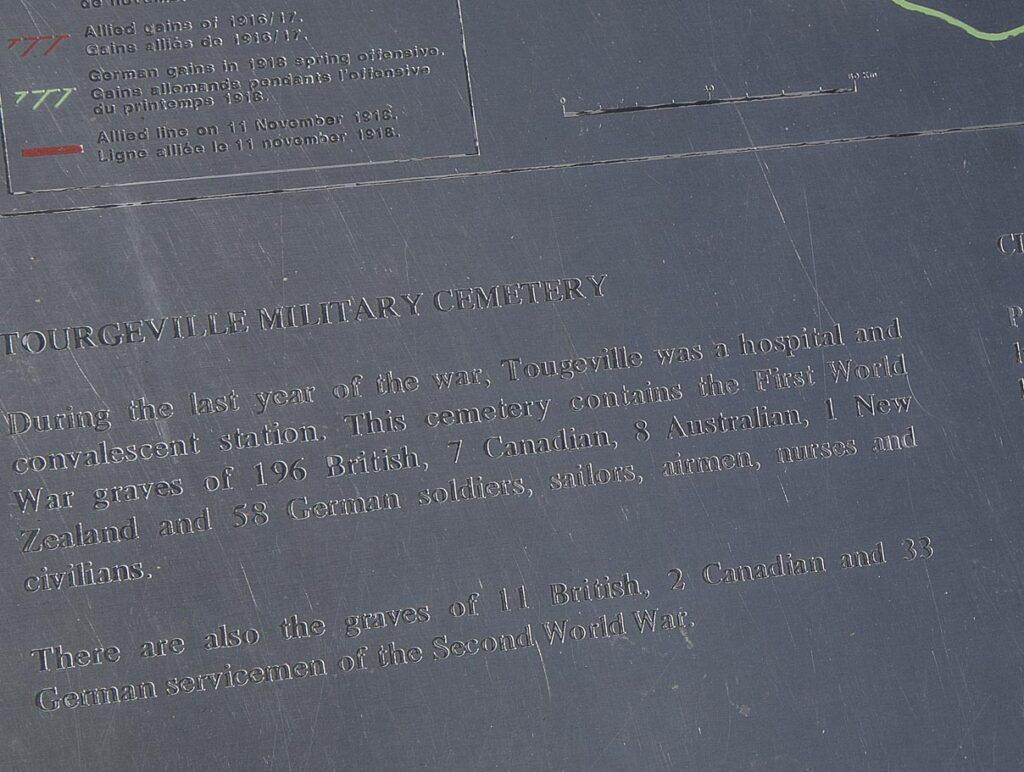
Cultural Sites in Calvados
Honfleur, just 20 minutes from Tourgeville, charms visitors with its picturesque old harbor lined with tall, narrow houses. Artists like Monet and Boudin painted here, and you can see their works at the Eugène Boudin Museum.
Deauville, only 5 minutes away, offers elegant architecture, a famous boardwalk, and upscale shopping. Its annual American Film Festival attracts Hollywood stars.
Calvados, the region’s namesake apple brandy, can be sampled at numerous distilleries throughout the countryside. Many offer tours explaining the traditional production methods.
The Château de Falaise, birthplace of William the Conqueror, provides a fascinating glimpse into medieval Norman history with its well-preserved fortress and interactive historical displays.
Why It’s Worth Visiting
Tourgeville Military Cemetery offers a profound and moving experience for history enthusiasts and those seeking to pay respects to fallen soldiers. The cemetery contains 210 Commonwealth burials from World War I and 13 from World War II, plus 90 German graves.
Unlike larger memorial sites, this cemetery provides a more intimate setting for reflection. You’ll find fewer crowds here, allowing for a peaceful and personal moment to honor those who made the ultimate sacrifice.
The location in the charming Normandy village of Tourgéville adds to its appeal. This isn’t just a place you drive through – it’s a community with rich history and character.
Most visitors can explore the cemetery thoroughly in 1-2 hours, making it an easy addition to your Normandy itinerary. You might consider pairing it with a visit to nearby beaches or other historical sites.
For those with family connections to the area, like some visitors mentioned in the search results, the cemetery can provide a meaningful link to your ancestry and family history.
The well-maintained grounds and careful preservation make this site a dignified tribute to the fallen. You’ll appreciate the respectful atmosphere and the opportunity to learn about both World Wars in this corner of France.

